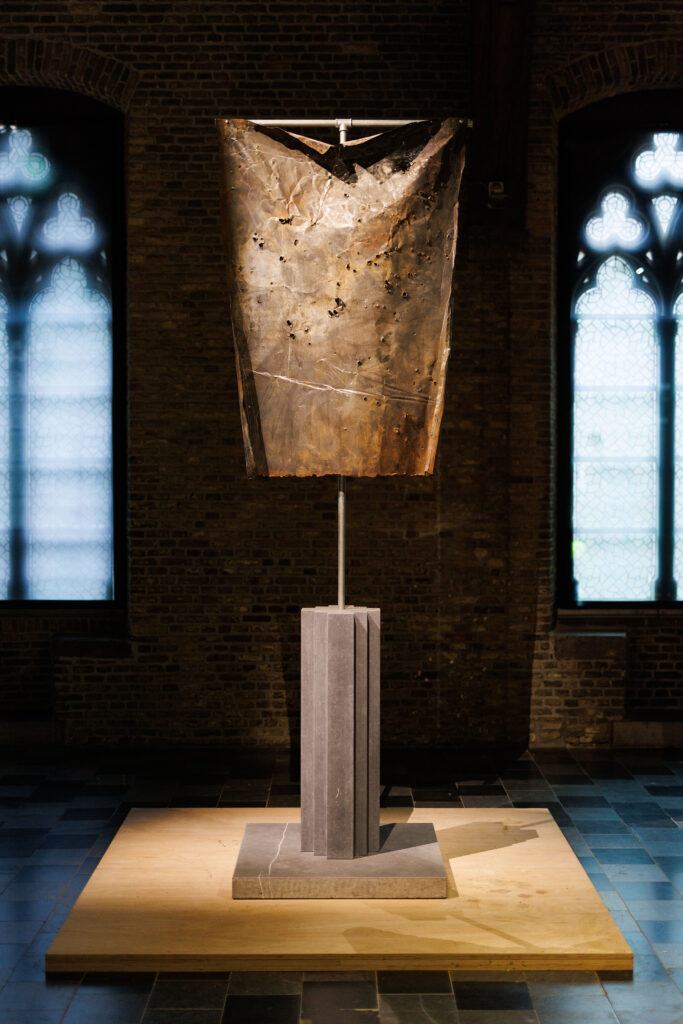
Nikita Kadan
The work of Nikita Kadan (born 1982 in Kyiv) centers on his artistic exploration of post-communist social and political developments, and their origins and causes in the Soviet system. Kadan produces drawings, paintings, and photography as well as objects, sculptures, and installations. The artist is a sensitive and critical observer and interpreter of historical shifts, and also of the connections and continuities between the communist past and turbo-capitalist present. He is a member of the artists’ group R.E.P. (Revolutionary Experimental Space) and co-founder of the activists’ group Hudrada. As an activist in the field of art and politics, Kadan also works with architects, sociologists, and human rights activists.
In his exhibitions, the artist addresses the visibility and function of the artistic avant-garde in Ukraine within contemporary neoliberalism, which—in the conflict with Russia—is shaped by a politics based on military goals and an ideology of anti-solidarity in the fabric of society.
The Siren’s Song, 30.03 – 28.04.2024, galerie Transit
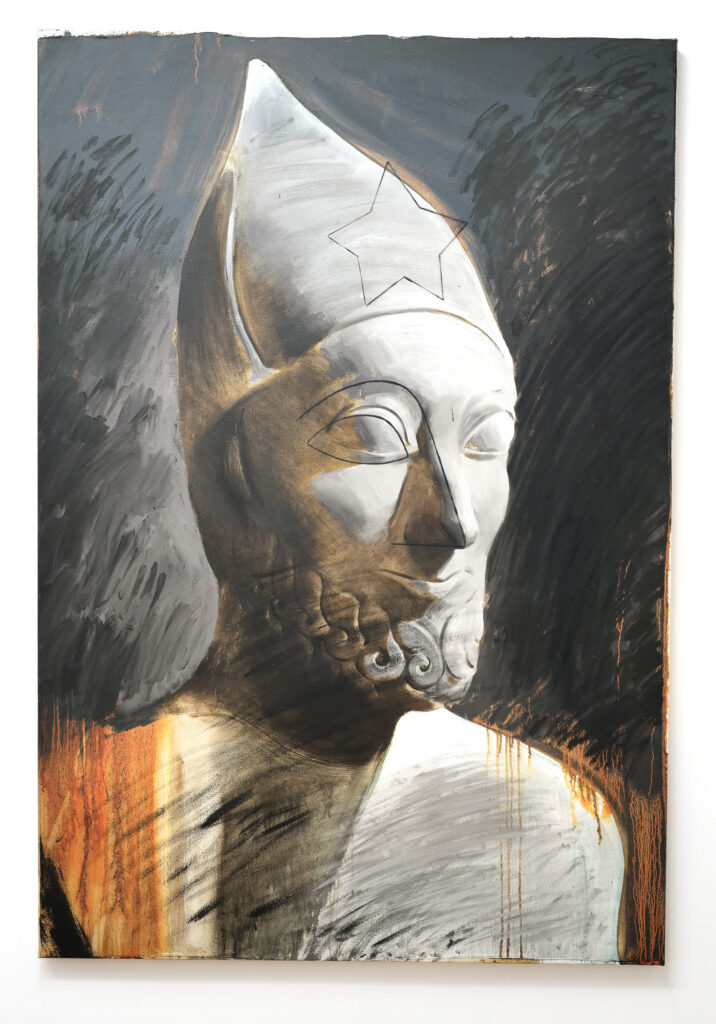
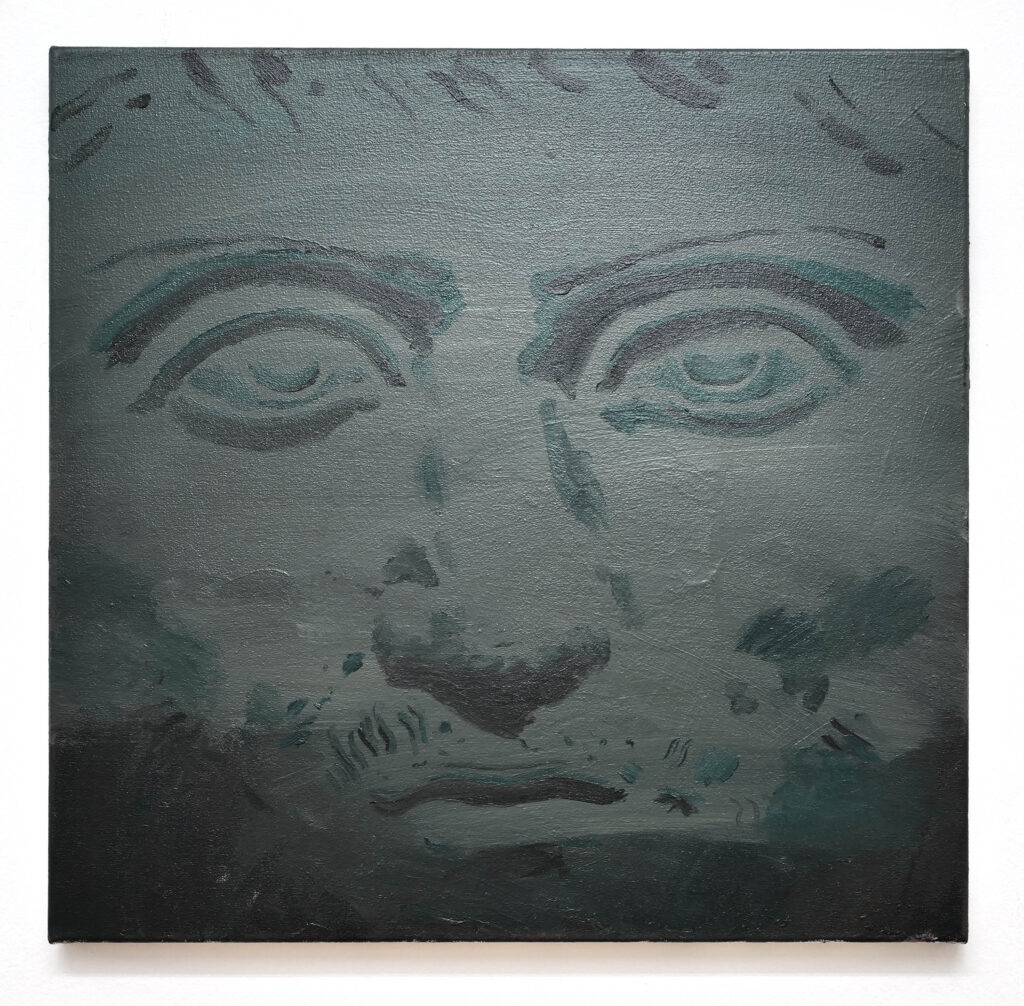
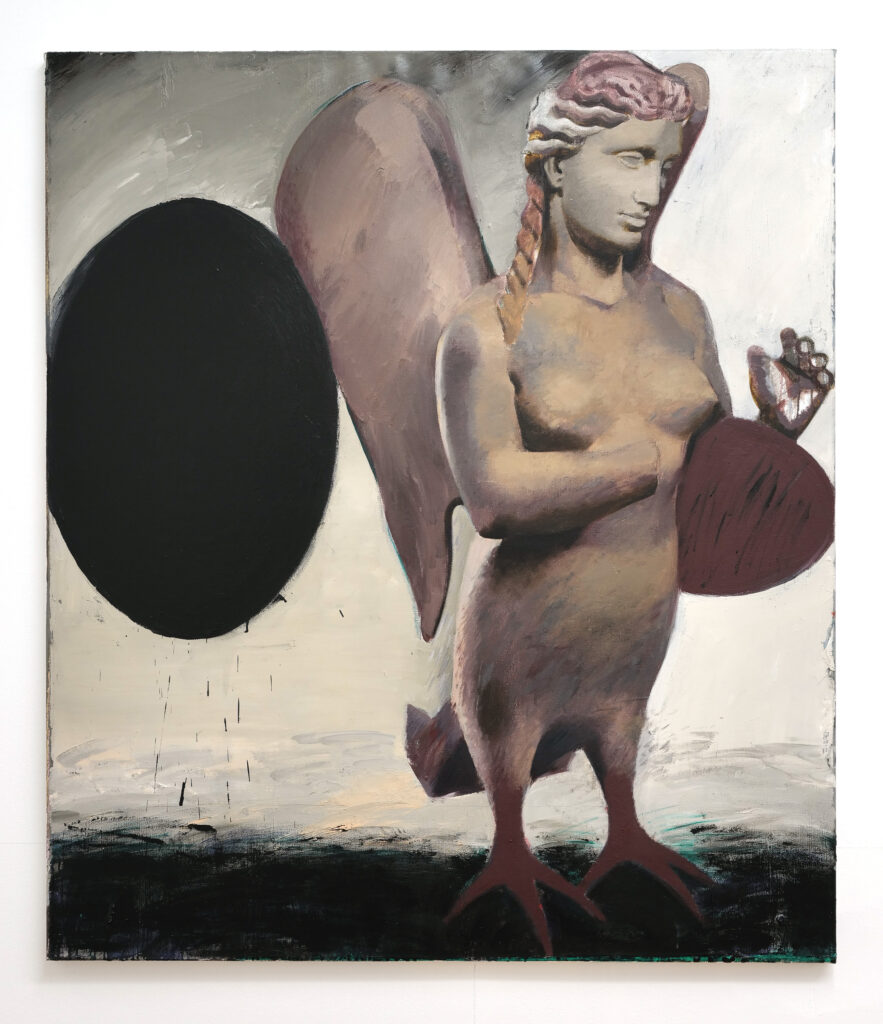
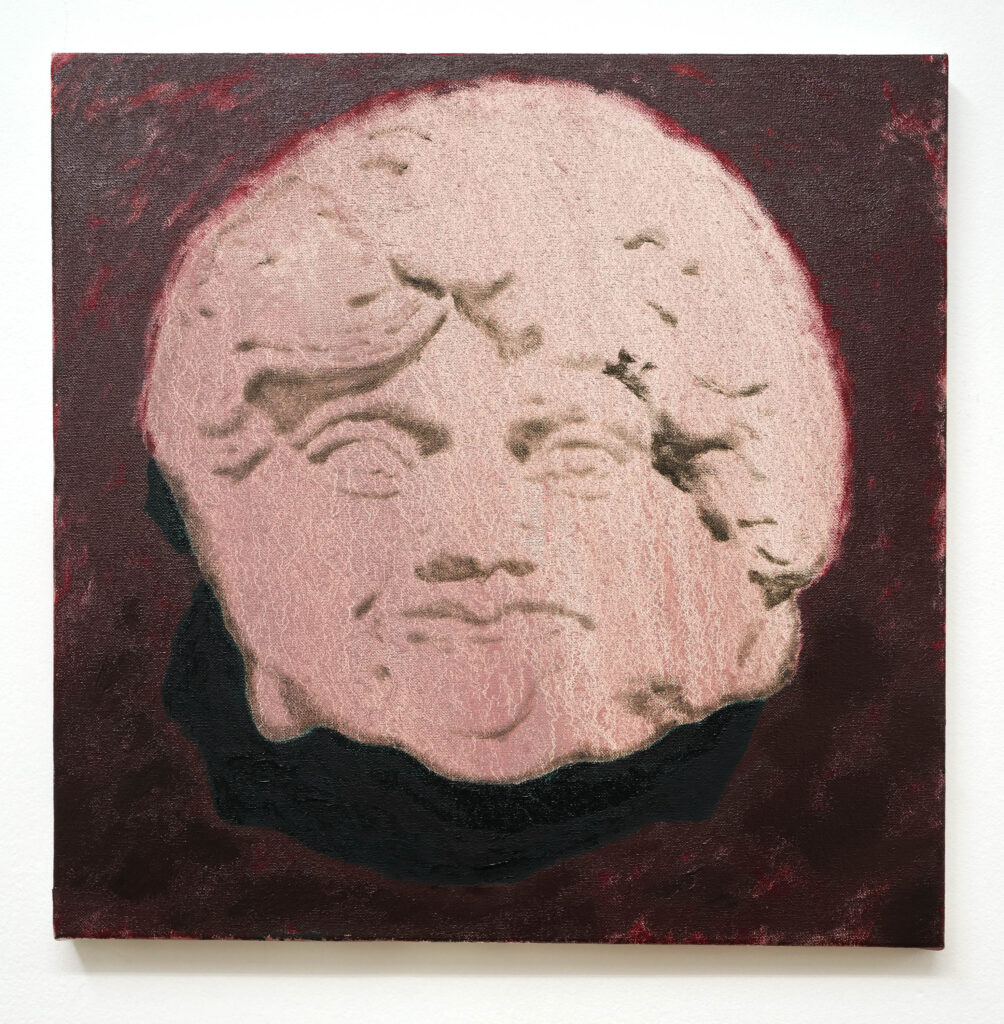
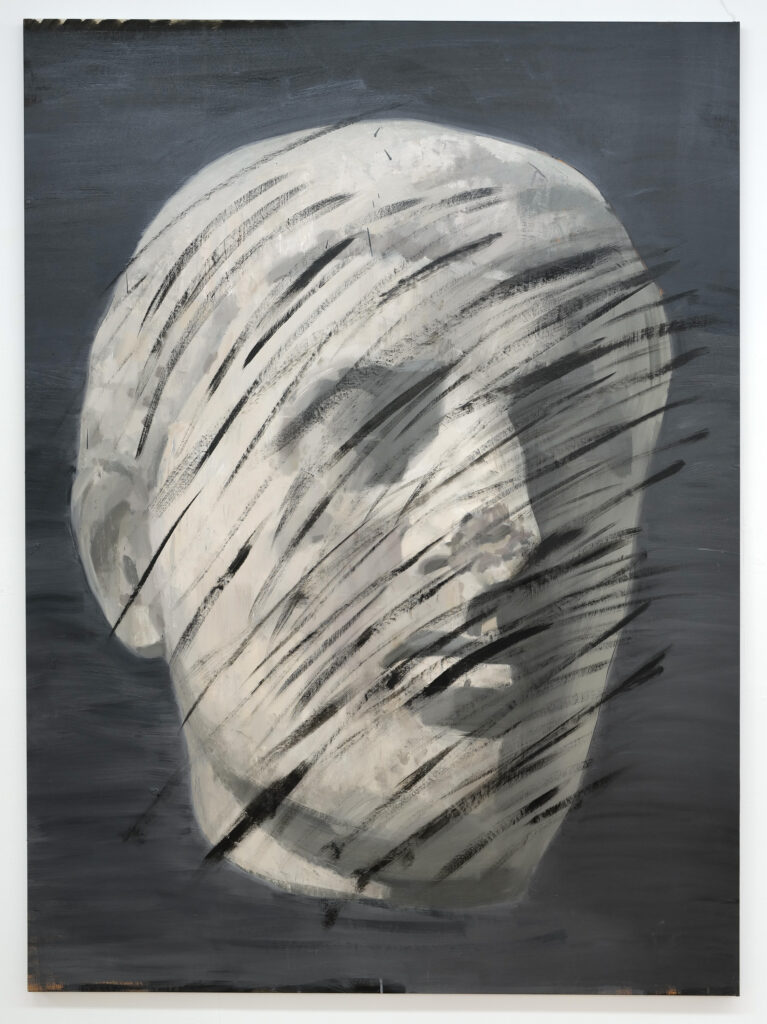
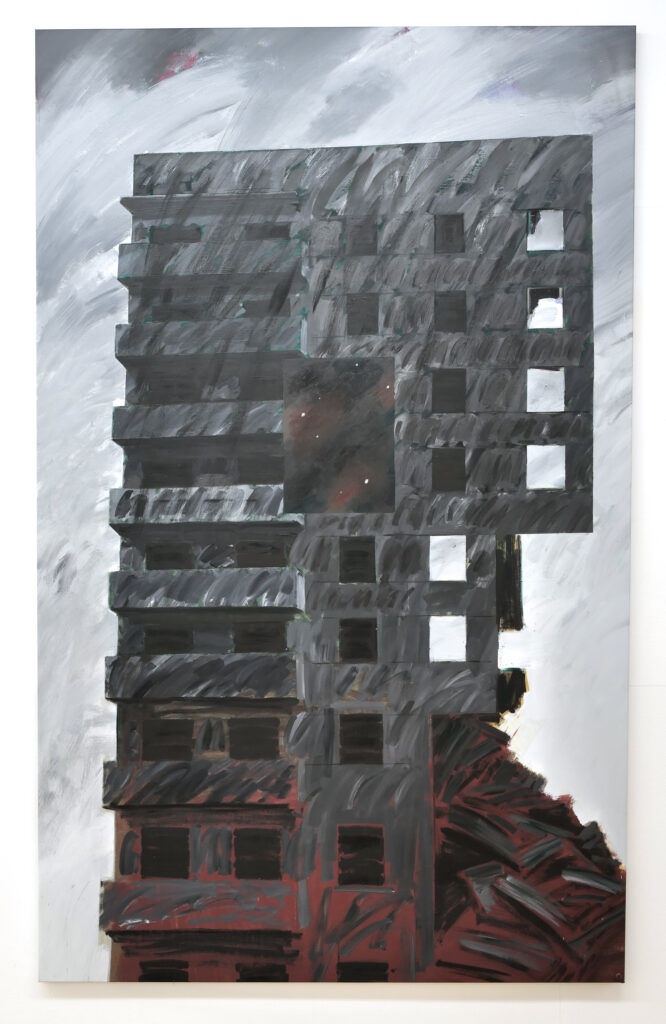
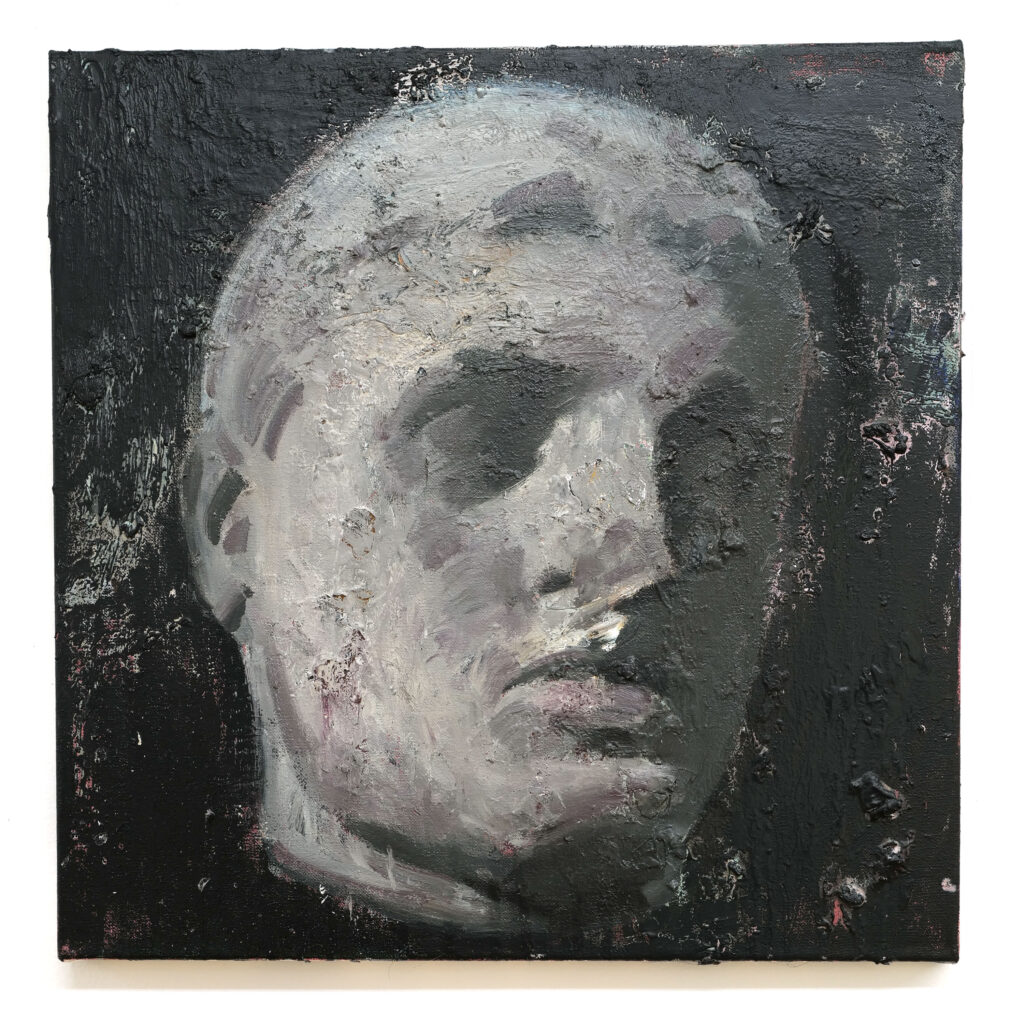
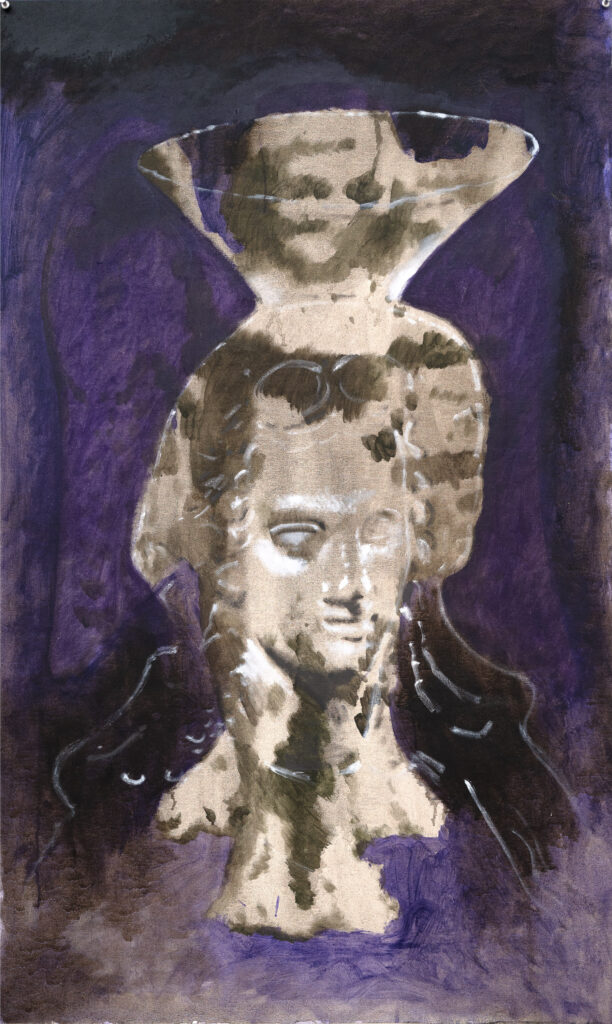
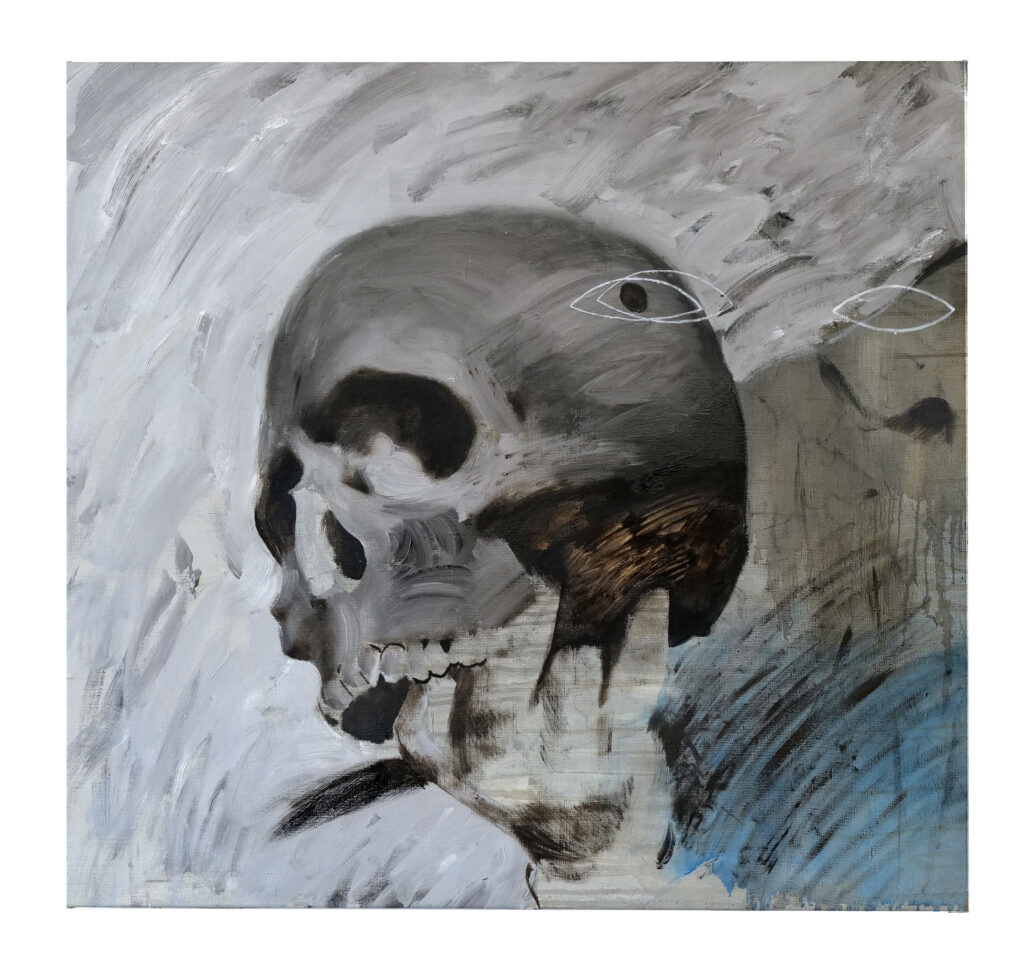
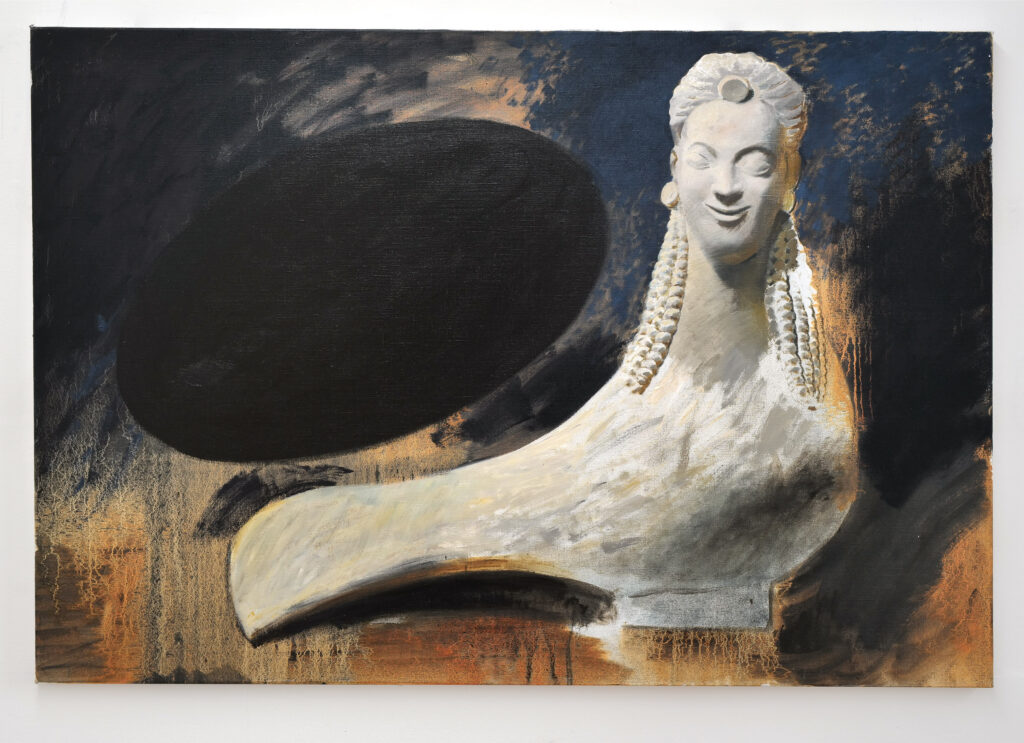
ENGLISH:
The show ‘The Siren’s Song’ should include ten new paintings with motifs of sirens, war ruins and ancient Greek items from Ukrainian museums, looted by Russian army during occupation. Listening to the siren (air raid alarm) almost every day in Kyiv inspired me to literally depict sirens – mainly as stone sculptures of Greek and Roman origin. Also I paint ruins – the lens of ‘romantic ruin’ image creates the ’therapeutic’ distance towards war rubble, which became a usual part of the environment in many Ukrainian cities. The Black sea cost was the place where Greek colonies were created in VII–V BC. Now a big part of this territory is occupied by Russian Federation, as well as other Southern Ukrainian cities, where museums treasured many Greek antiquities. Looted museums of Southern Ukraine became one of terrible symbols of ongoing war. When I recently opened a book ‘Greek and Roman Art in Ukrainian museums’, published in 1980s in Soviet Ukraine, the book which belongs to my parents and which I remember since childhood, I realised that it recently turned into a comprehensive catalogue of looted museum items. This book became one more source for my work.
Tryvoha (the Sirens and the Mast), 2023
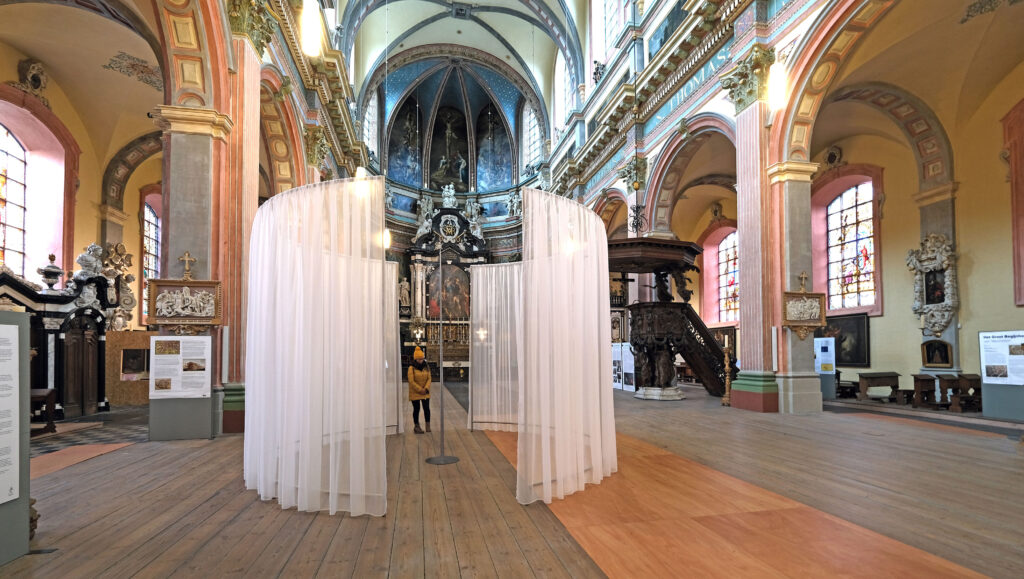
Tryhova, is a sound installation and was first shown in two churches in Ypres during Kadan’s 2023 residency in In Flanders Field Museum. It is inextricably linked to the perception of war and relating to the city of Ypres’ past and Ukraine’s present. This work of art, immense in its size, seems light and welcoming at first. However, once entered, a sharp and deep sound resounds through the Holy space, physical and emotional, evoking the sound of the sirens warning the population of the threat of war approaching.
Tryhova [the Sirens and the Mast], 2023, fabric, inox structure, sound, diameter 4 meter, composers: Roman Grygoriv and Illia Razumeiko. Musicians: Lena Bielkina (mezzo-soprano), Ihor Zavhorodnii (violin). Sound engineer Anton Vertipolokh. With support of the Future Art Lab, University for music and performing arts Vienna.
The Veil of Irpin, 2023
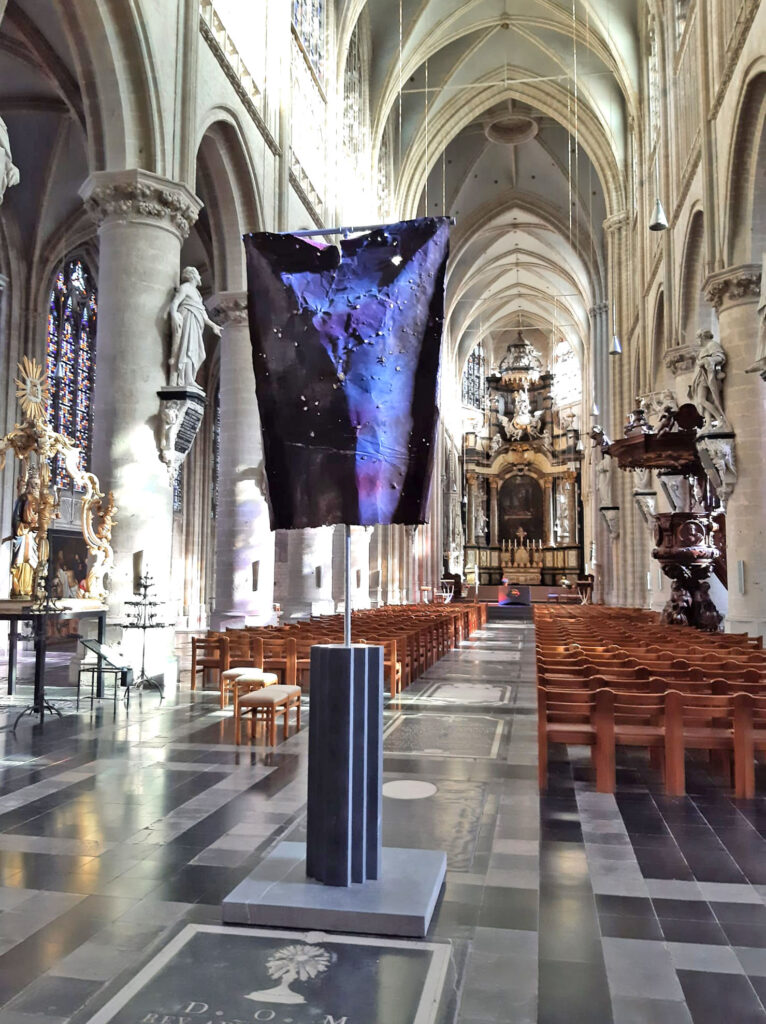

The Veil of Irpin, 2023, Metal, Belgian blue stone
Nikita Kadan has conceived a sculpture with a strong emotional, visual and political impact. Kadan wanted to create a link between the unsettling war that accompanies his daily life and the history of Ypres. For his installation Nikita Kadan has used rubble and metal sheets deformed by the current war. It was transformed into a metal unmovable flag set into a massive bare cross. The heaviness and the rigidity of the material are supported by equal strength, a stone, an unequivocal reference to the gravestone, a sadly common element between past and present.
Link to In Flanders Field Museum page with these Nikita Kadan works: NL–EN–FR–DE
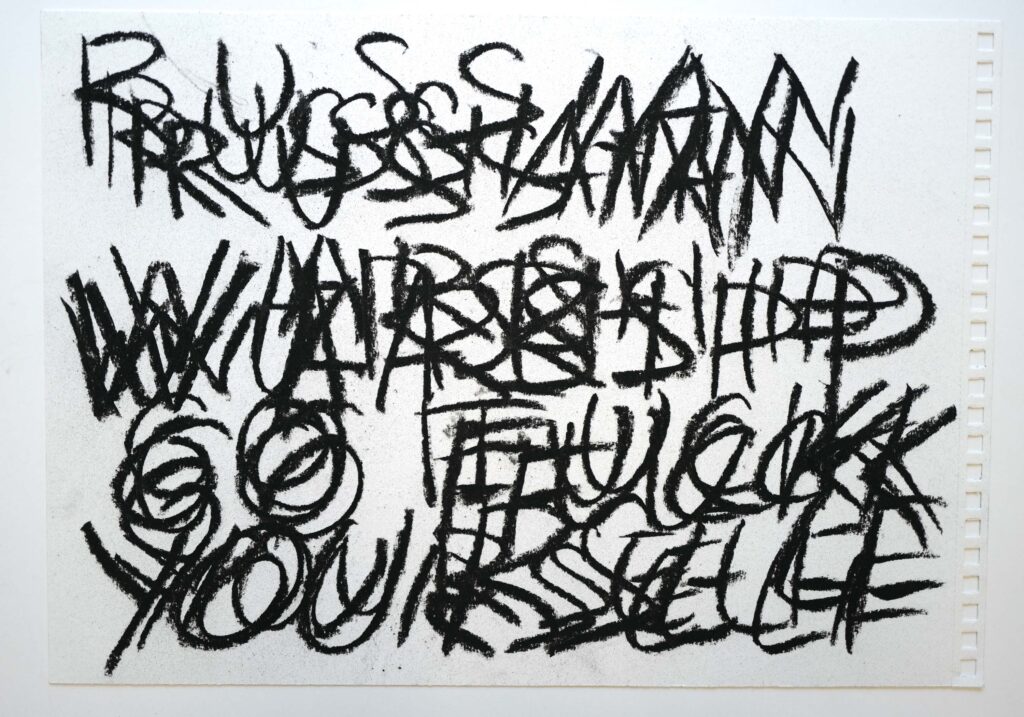
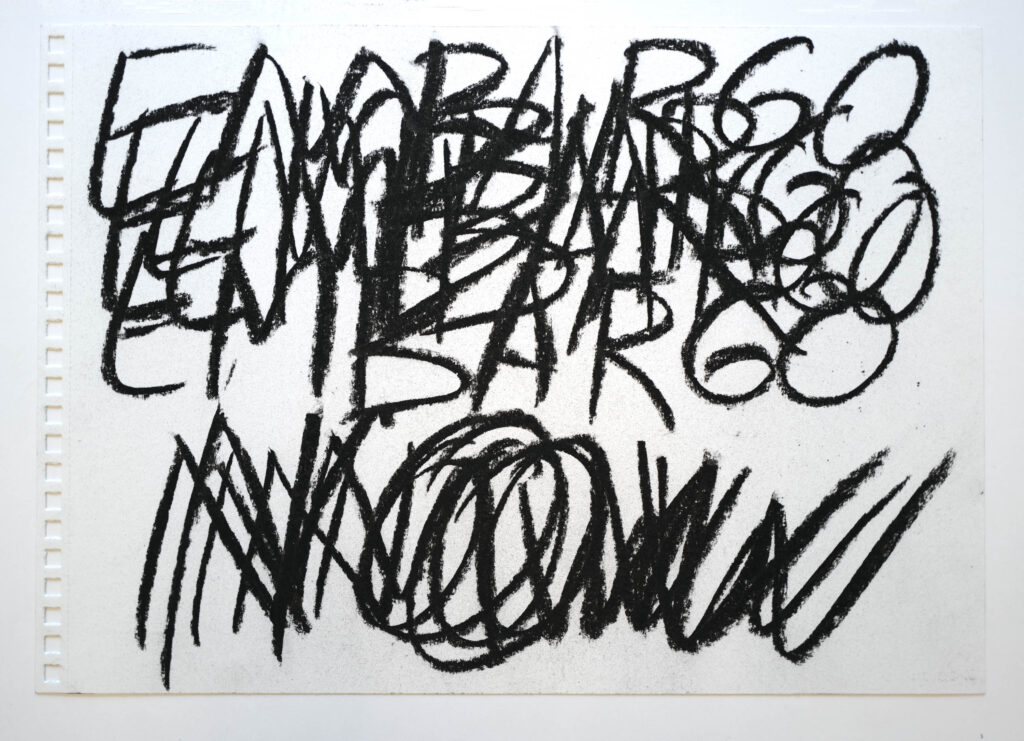
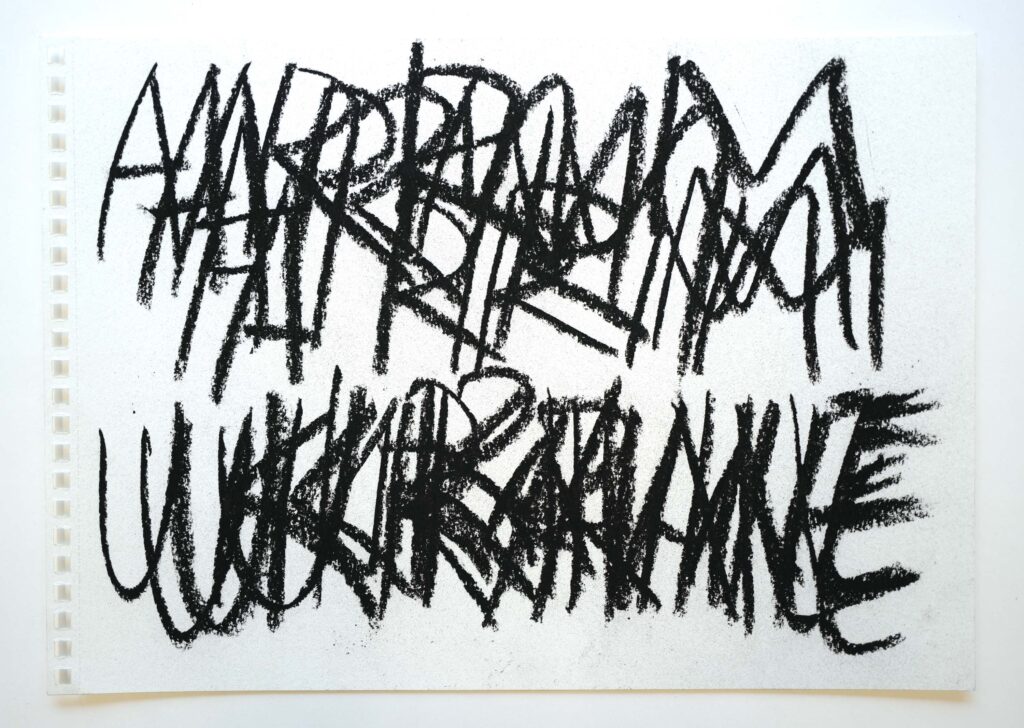
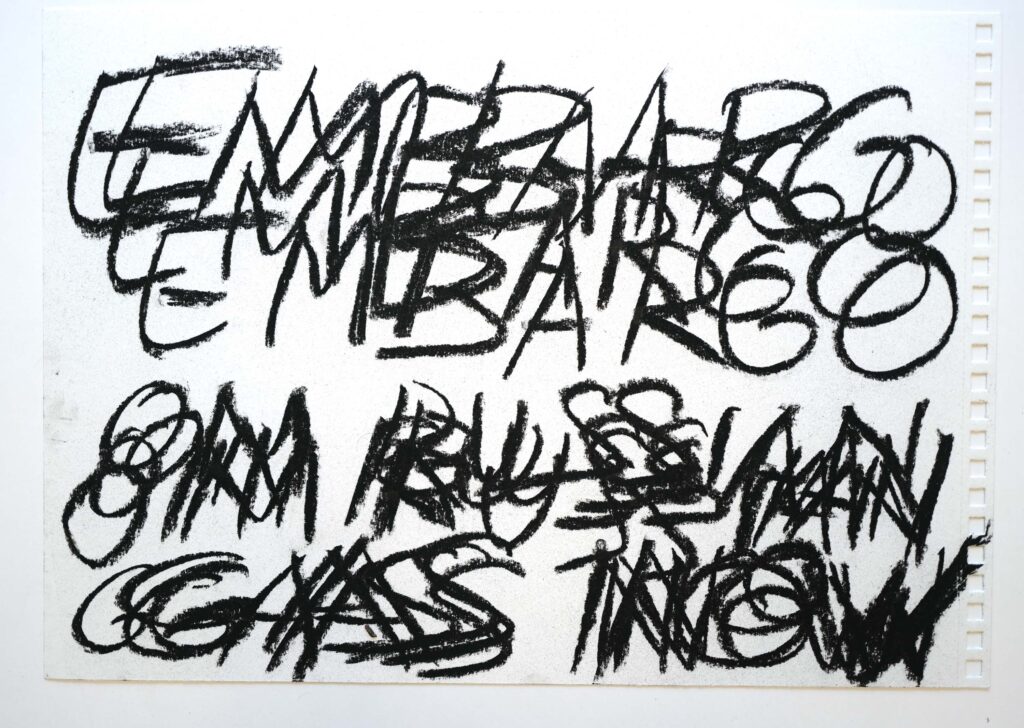
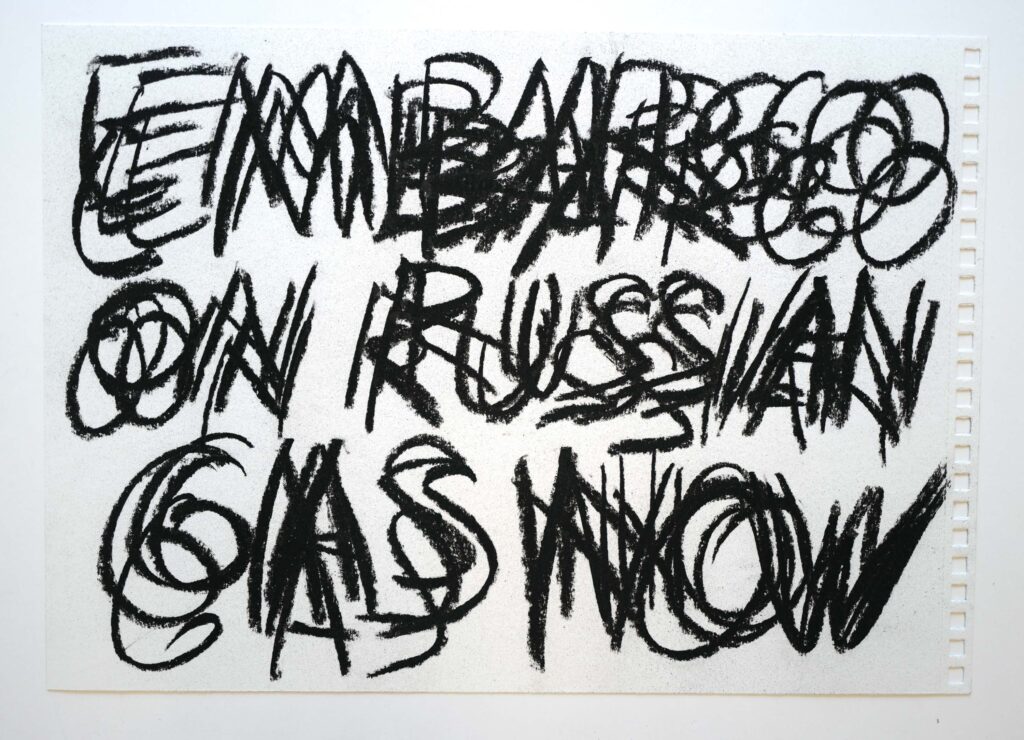
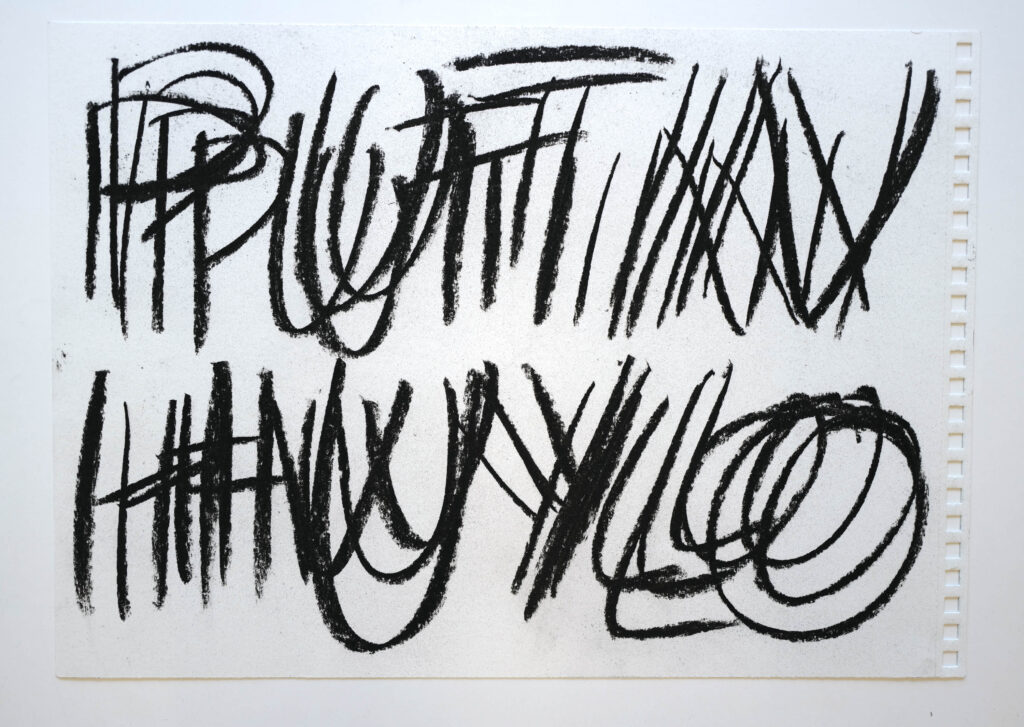

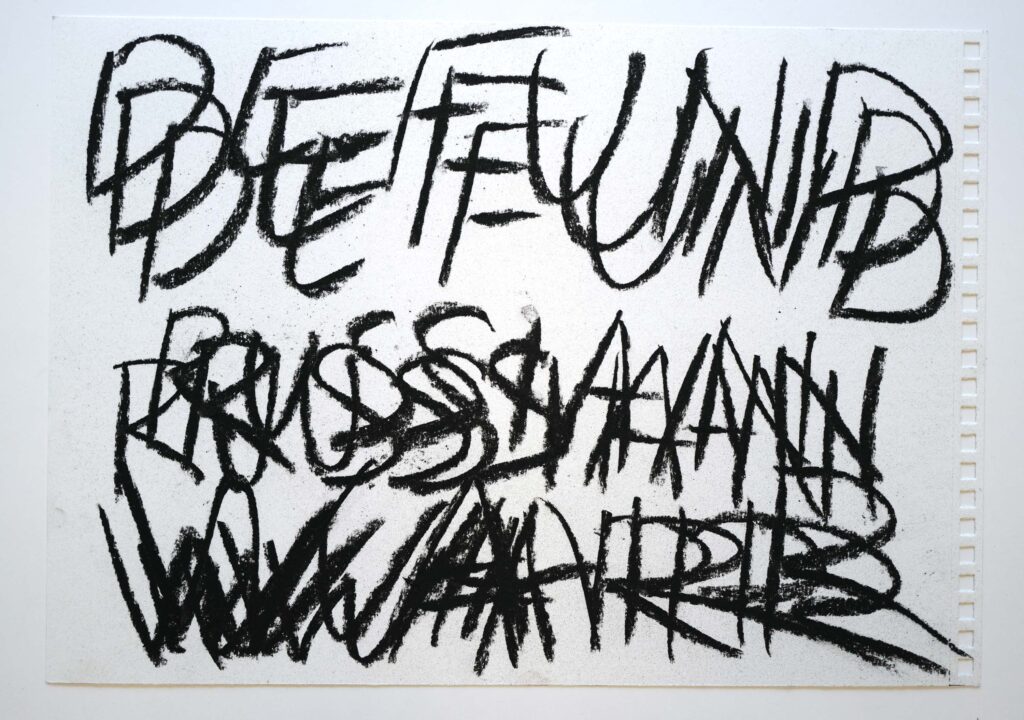
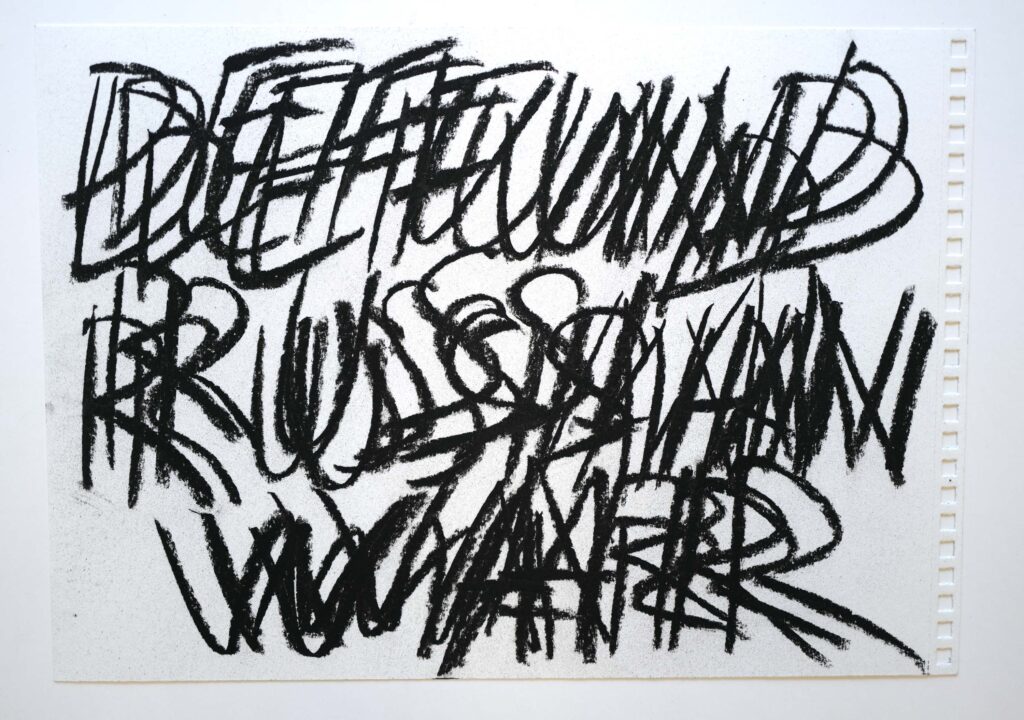
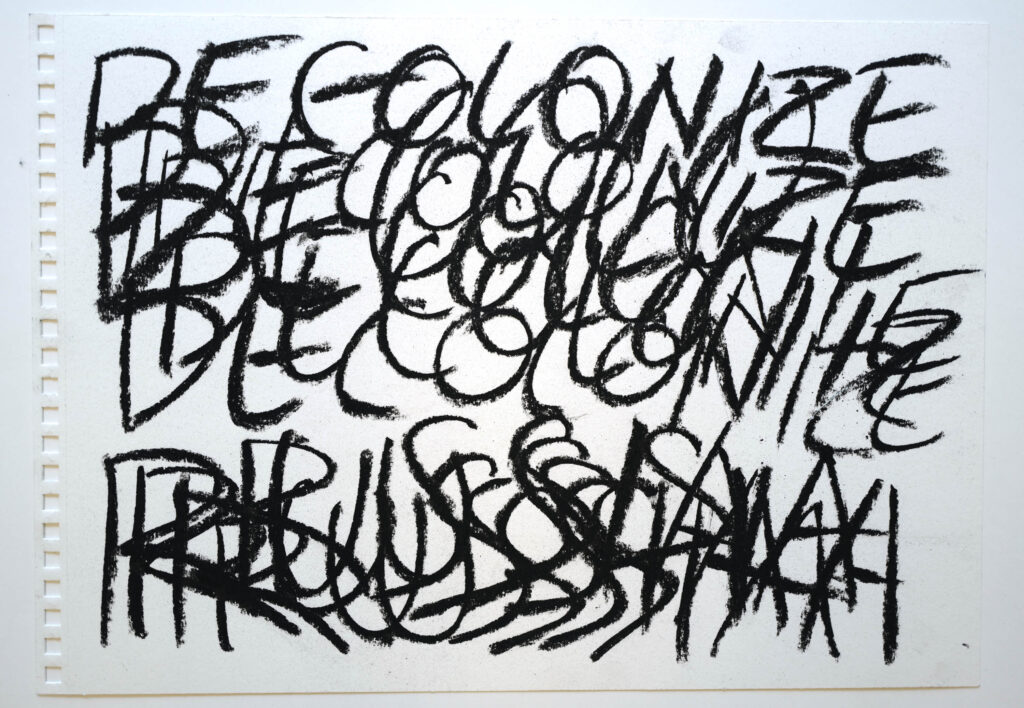
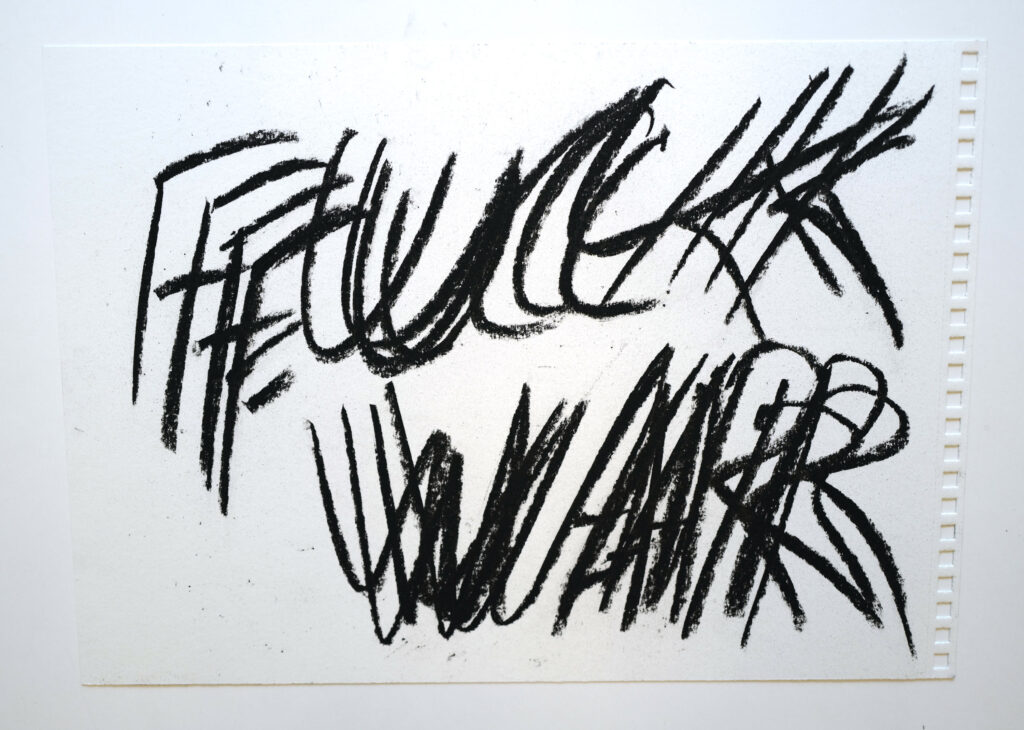
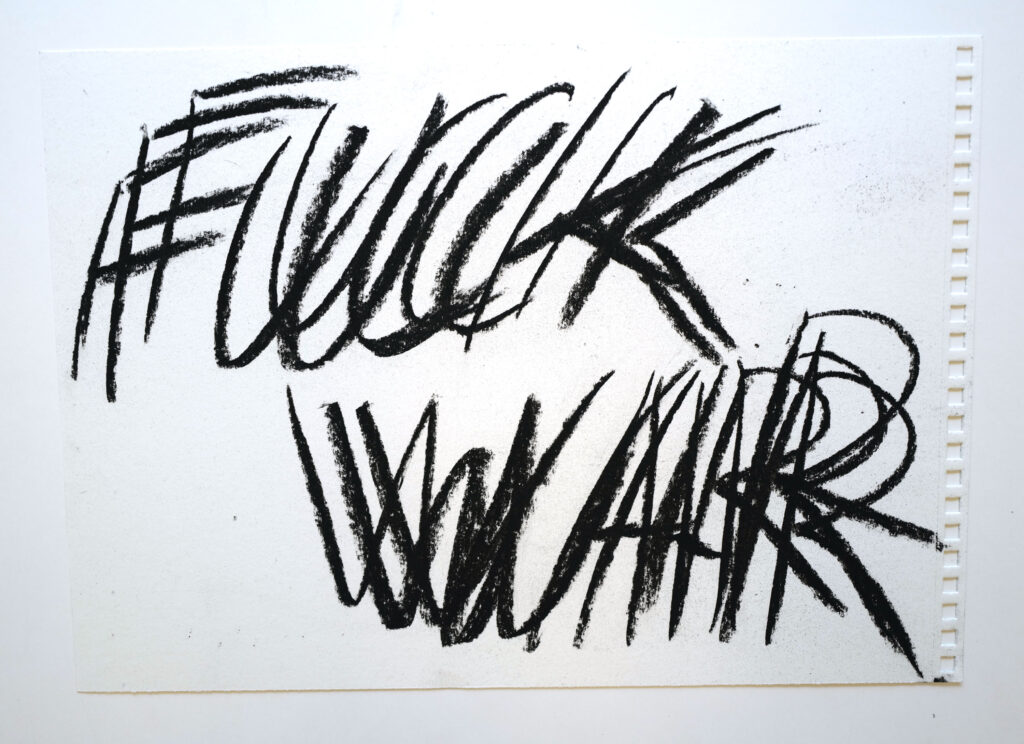
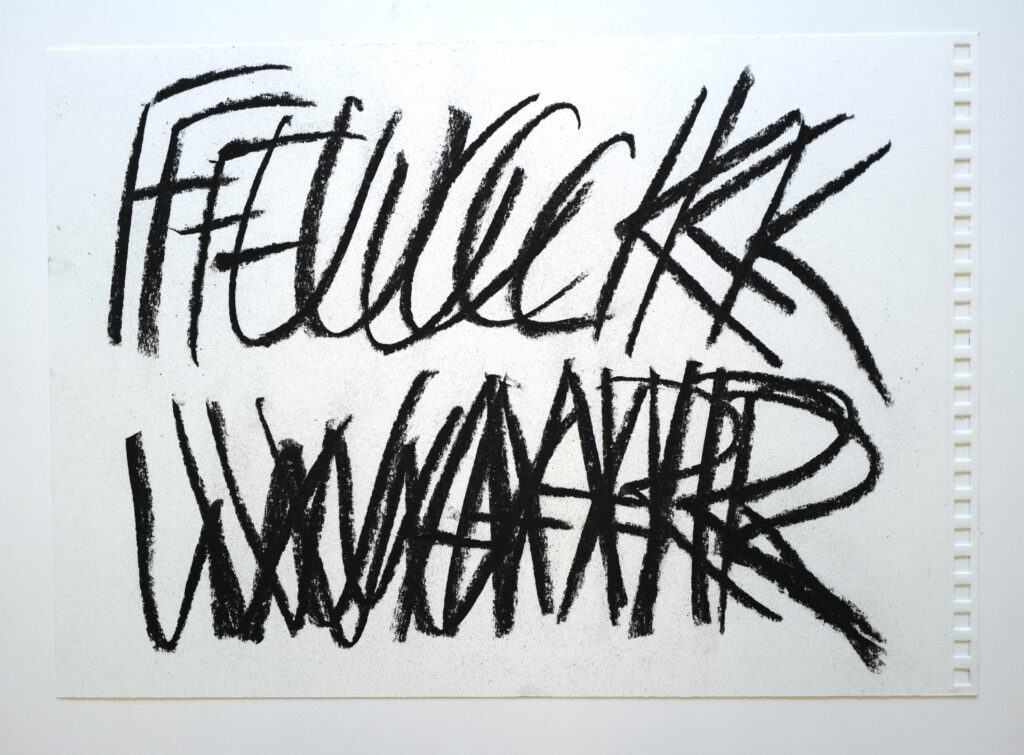
SovMod Skull 1 – 5
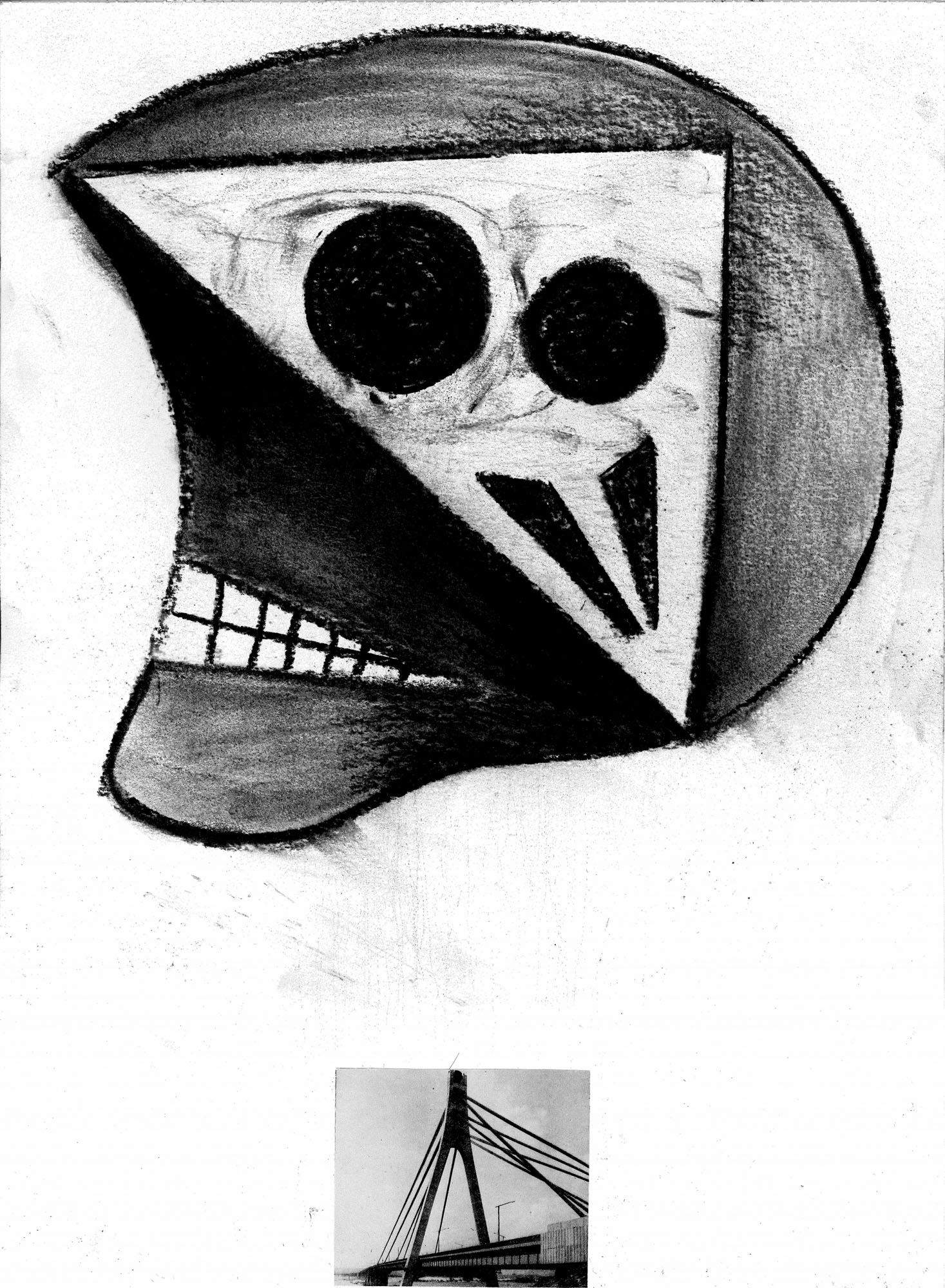
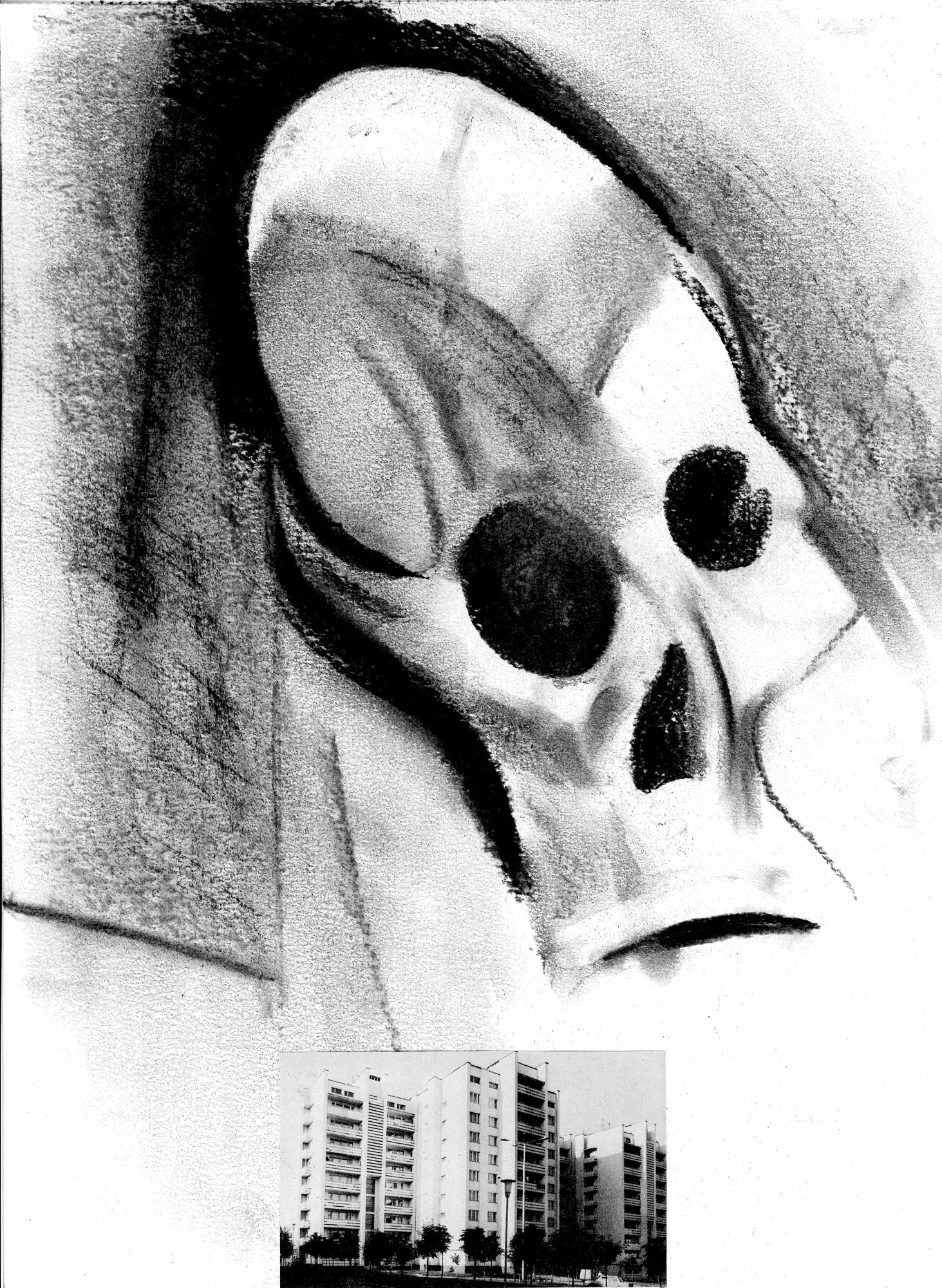
The series is inspired by the movement Save Kyiv Modernism, or Save Ukrainian/Soviet Modernism, that recently emerged in Ukraine. This is a movement of mostly young people. Soviet Modernism or SovMod refers to the Soviet architecture of 1960–80s that is being brutally destroyed or reconstructed for commercial purposes in today’s Ukraine. This movement is political because it opposes the so-called ‘politics of de-communisation’, in other words, state anti-communism, which gives its green light to the destruction of various forms of Soviet heritage. On the other hand, those who participate in the SovMod movement treat this architecture as if it represented a dead modernity, in a rather historicist way. This aestheticisation and melancholic gaze became political to the extent that they oppose an aggressive reactionary nationalism and the commercialisation of public space of Ukrainian cities. Such an encounter between aesthetics and politics contains something paradoxical.
Another paradox that characterises this situation is that in the Soviet Union these buildings were never called ‘modernist’. ‘Modernism’ was only used in a strictly negative sense. The skulls painted by Pablo Picasso often served as illustrations for anti-modernist books, such as The Crisis of Ugliness: From Cubism to Pop-Art (1968) by Mikhail Lifshitz. Soviet discussions about modernism and modernity are now almost forgotten and Soviet architecture and monumental art have been turned into ‘Soviet Modernism’ for a younger generation.
I picture modernist skulls by Picasso as protecting SovMod building fetishes that still remain untouched in Kyiv, Dnipro, Odessa or in the war zone of Donetsk.
Nikita Kadan, Source: Afterall Journal nr 52, March 2022
Tiger’s Leap
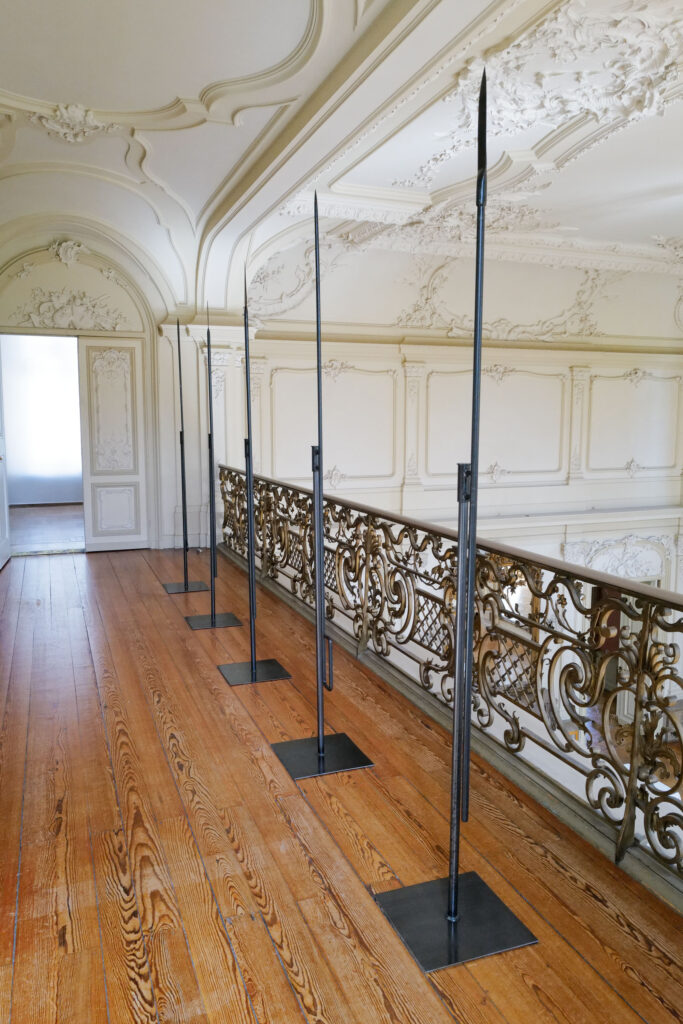
as exhibited in Museum Morsbroich, Leverkusen, 02.05 – 29.08.2021
Children Are Surrounded by Art
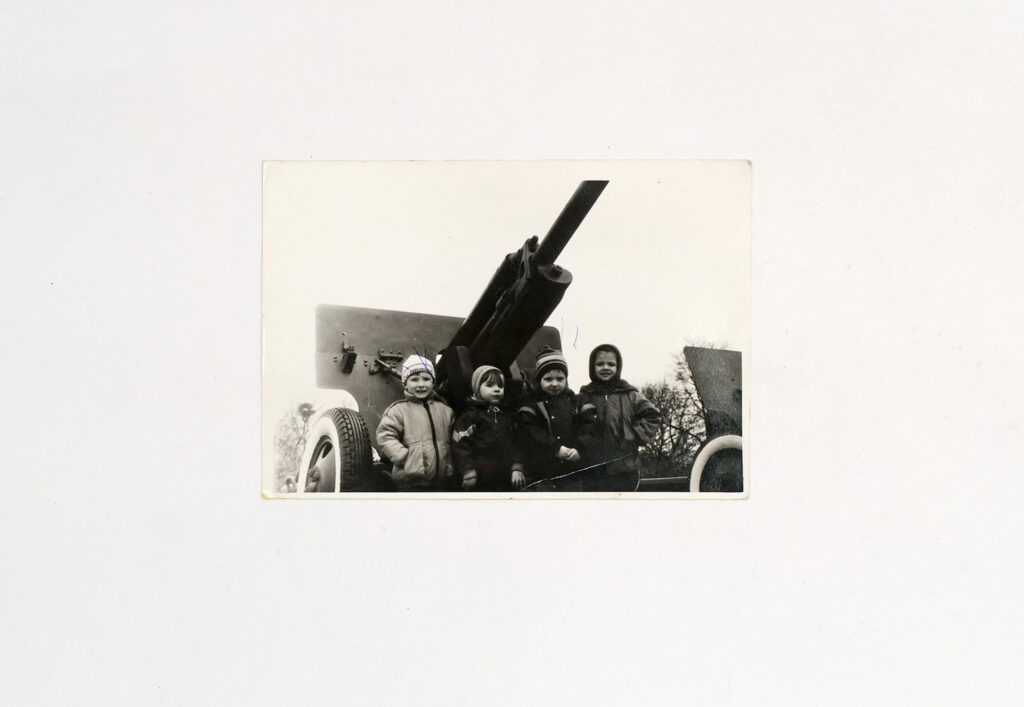
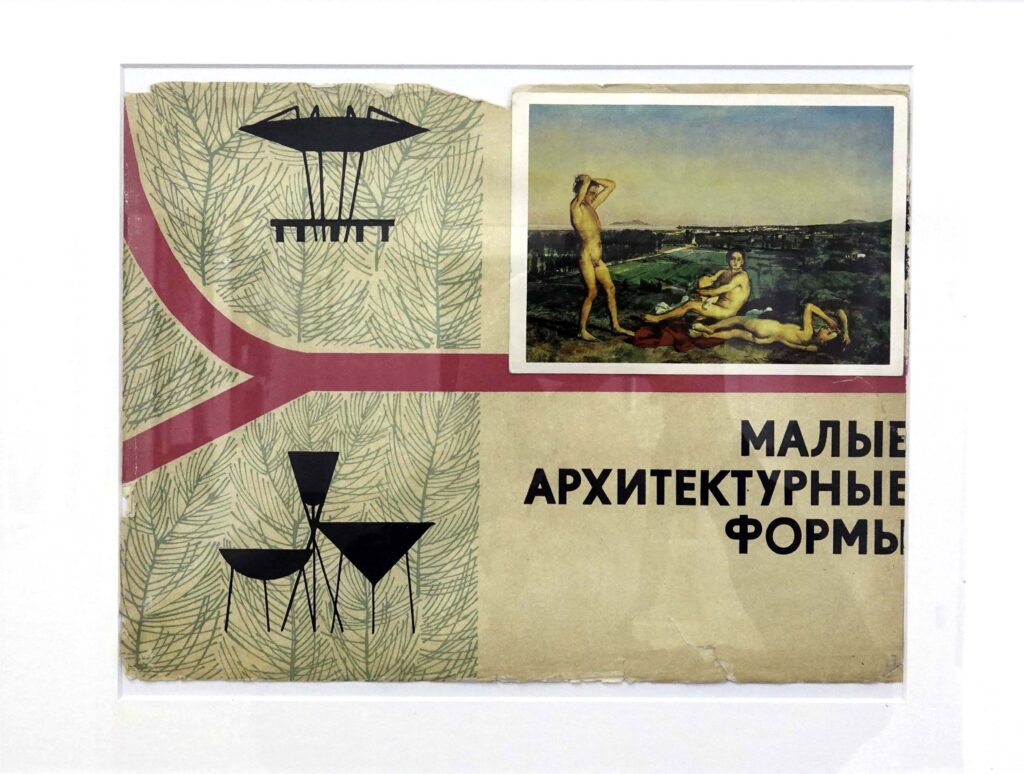
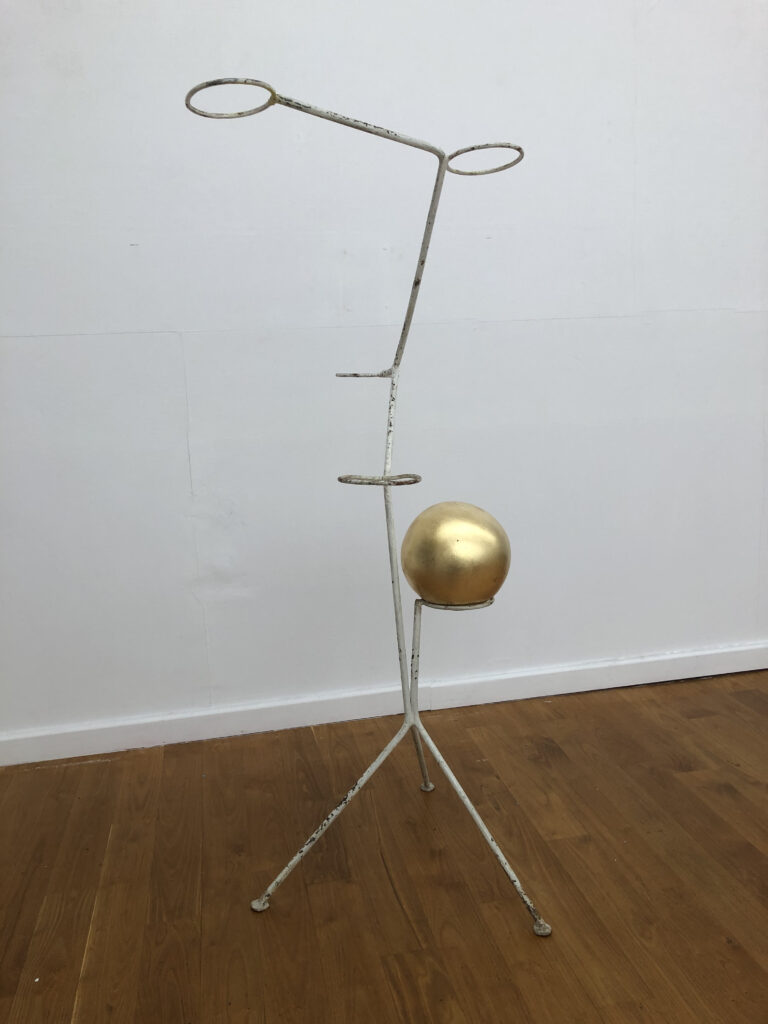
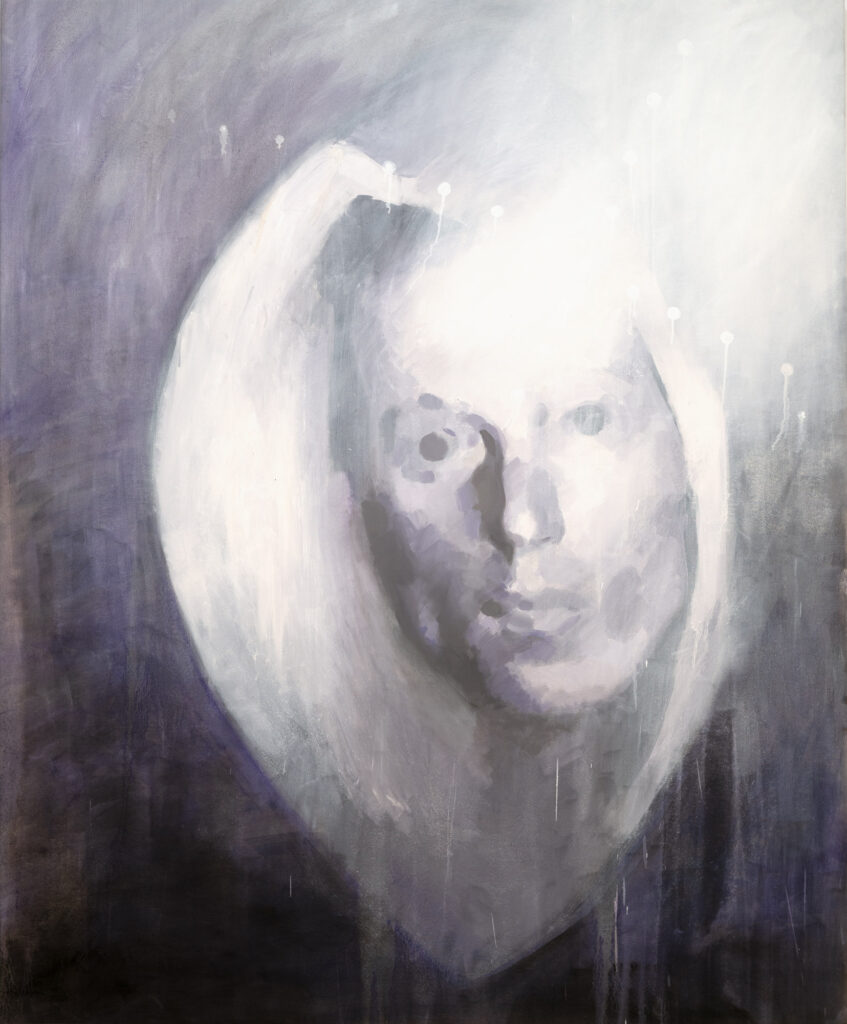
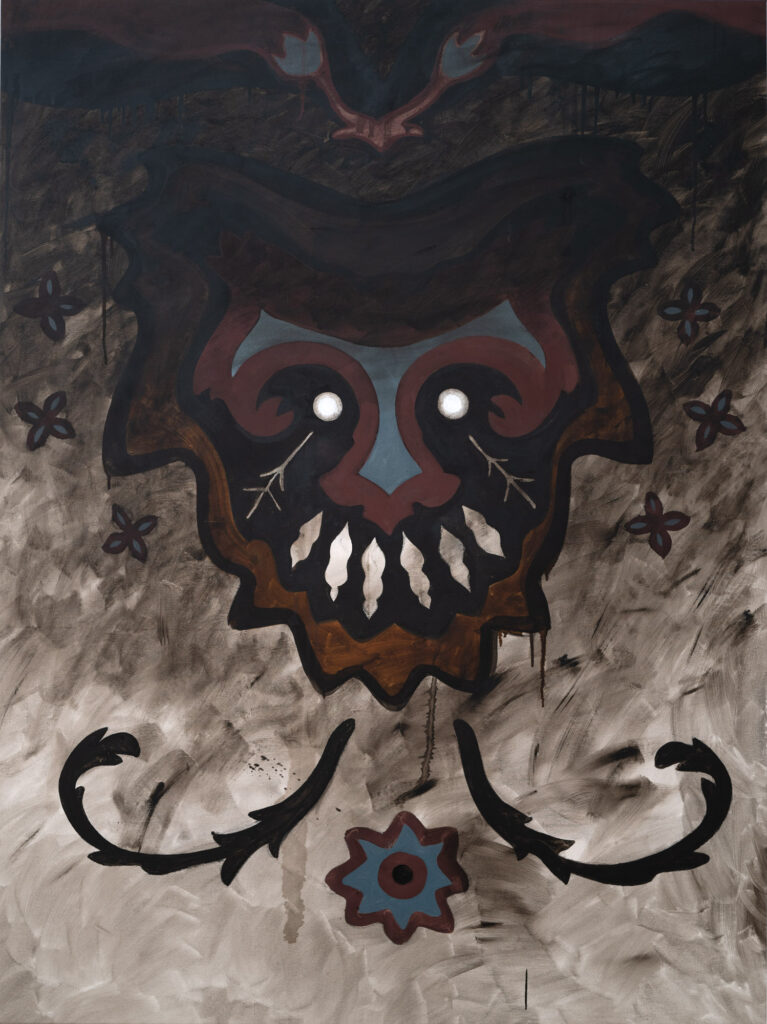
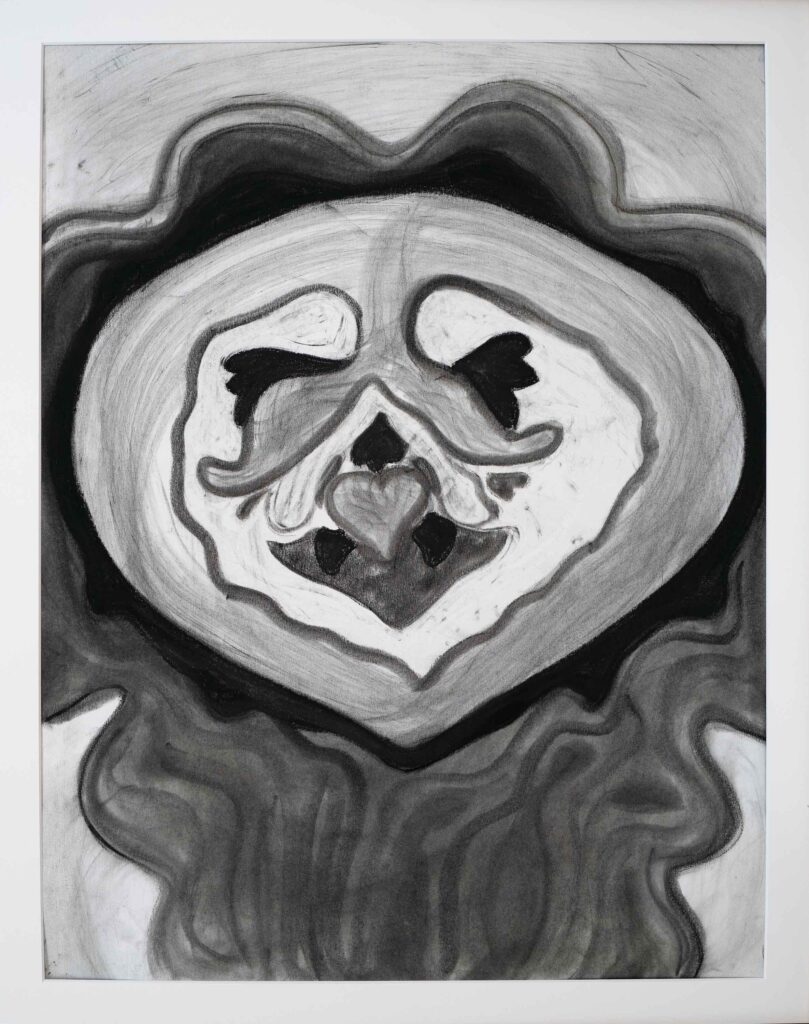
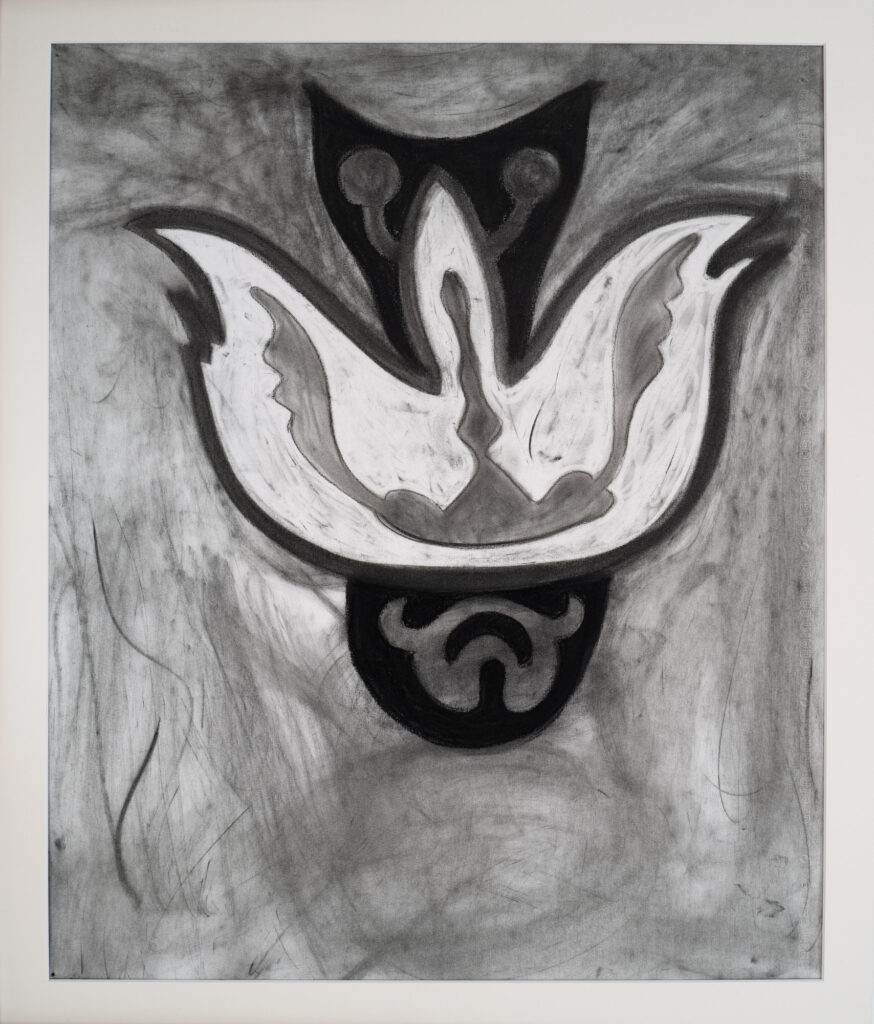
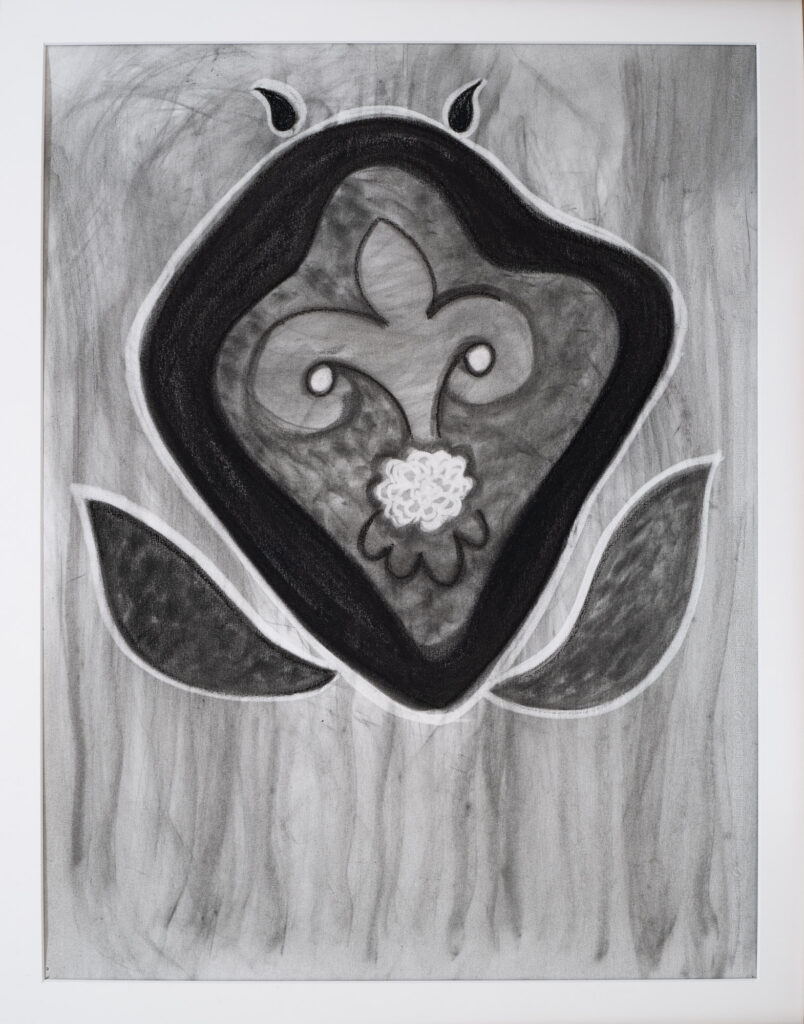
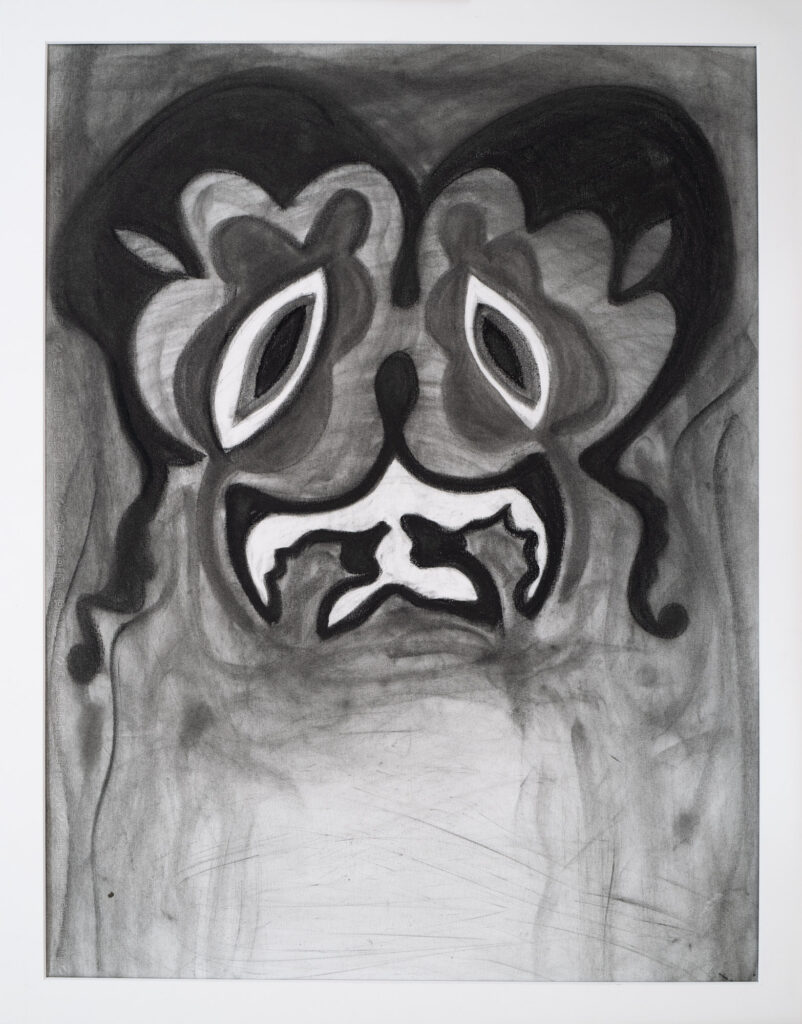
The Beautiful Colonizer, 2020
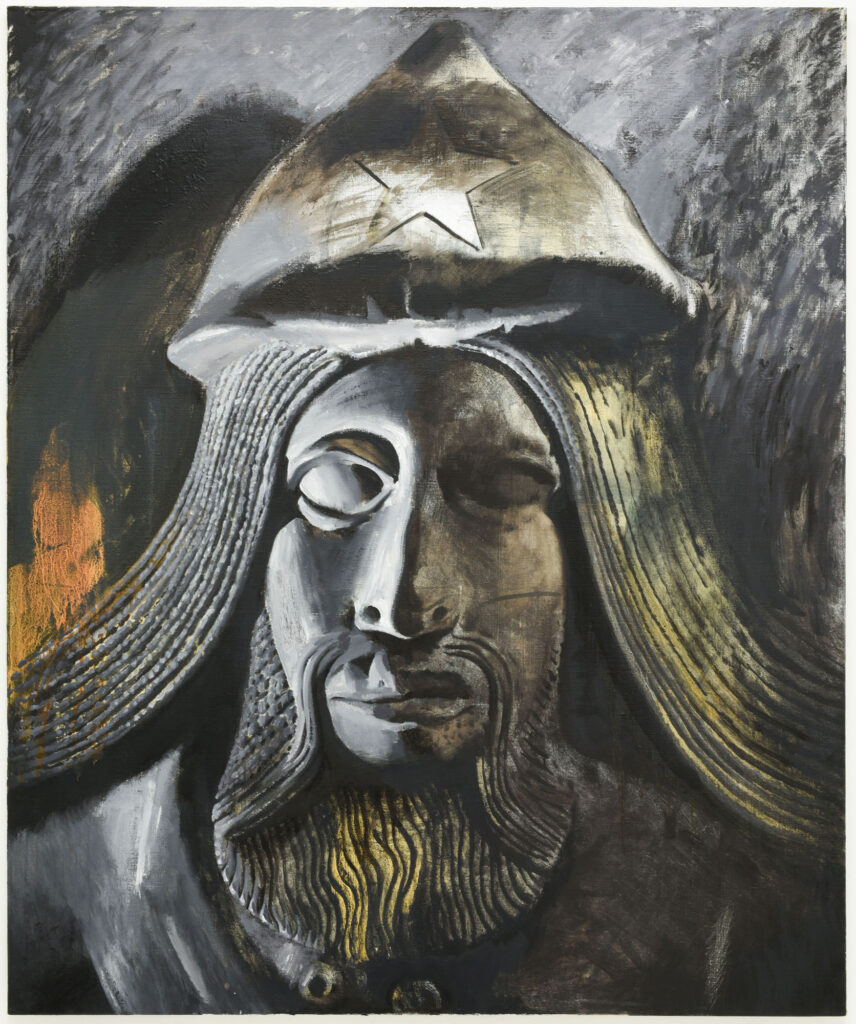
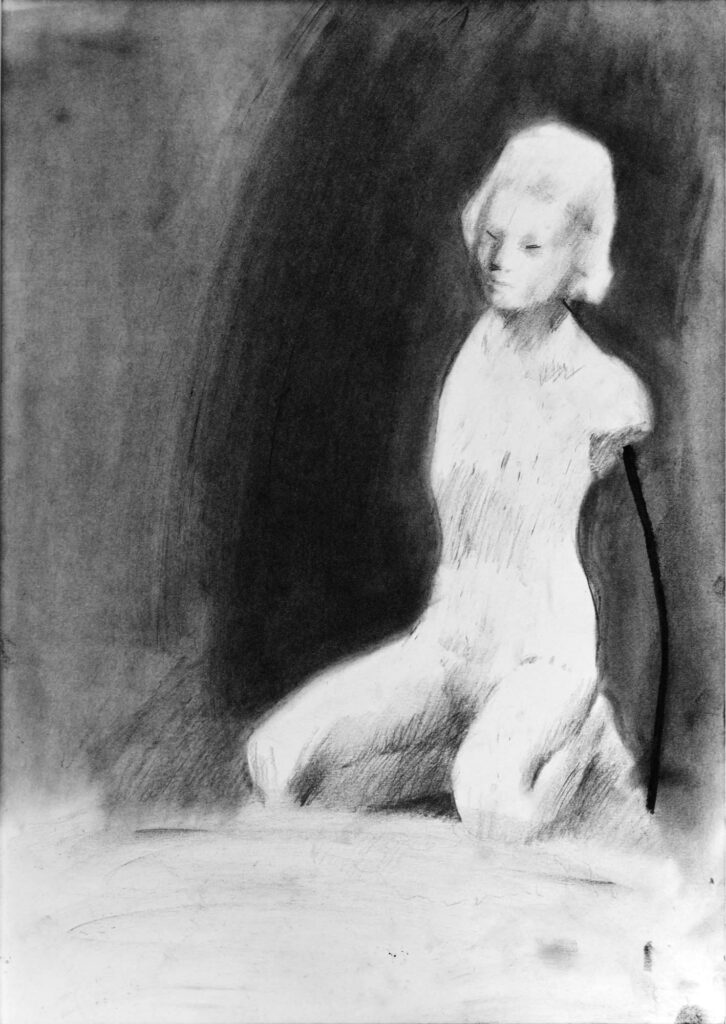
In the prices is the Belgian VAT [21%] included
The Masks, 2020
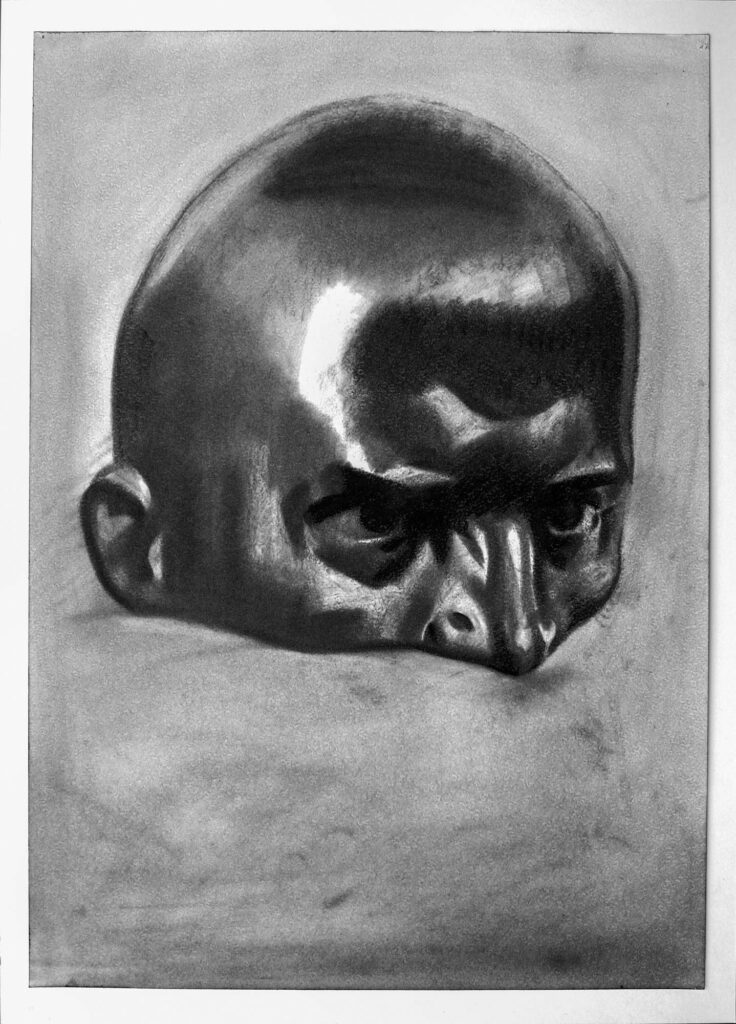
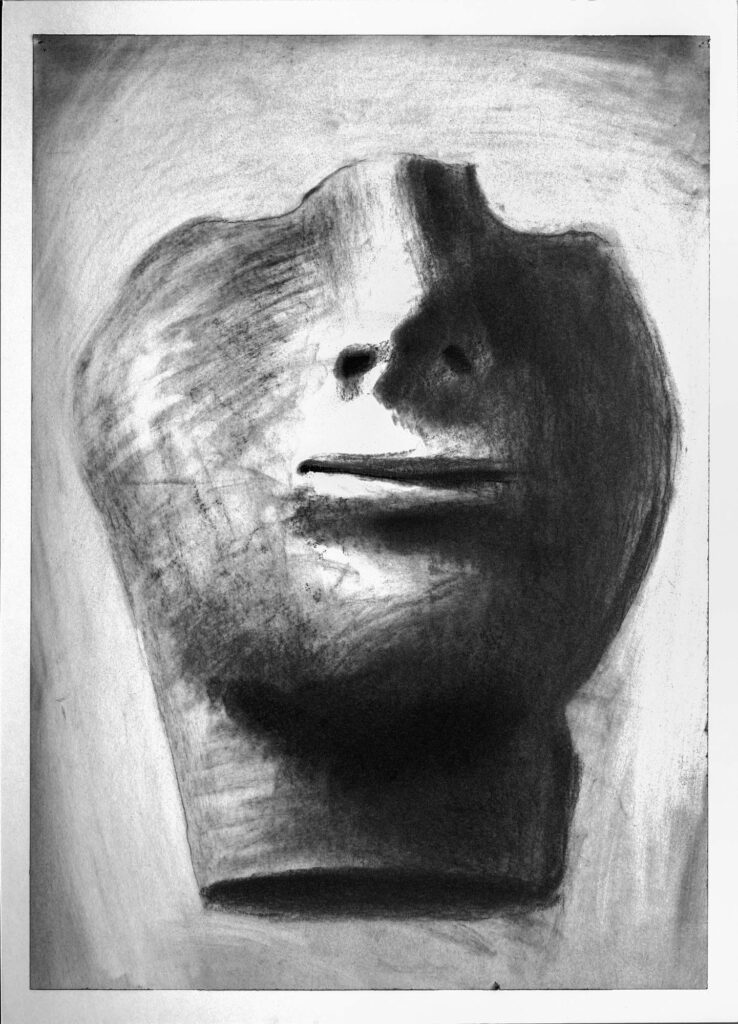
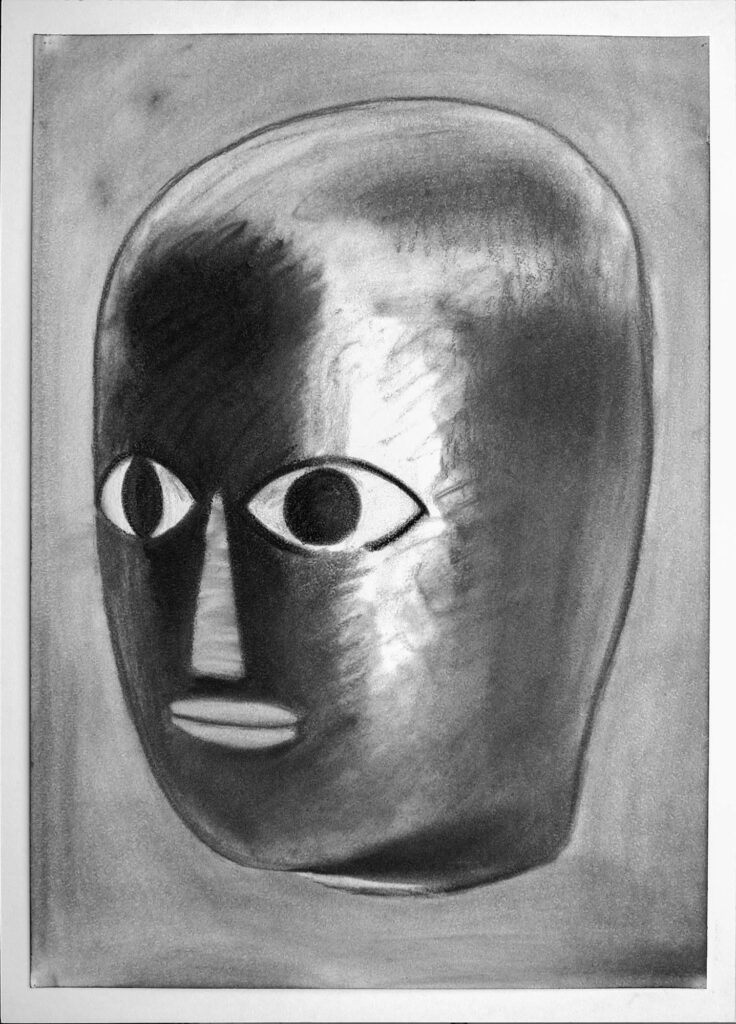
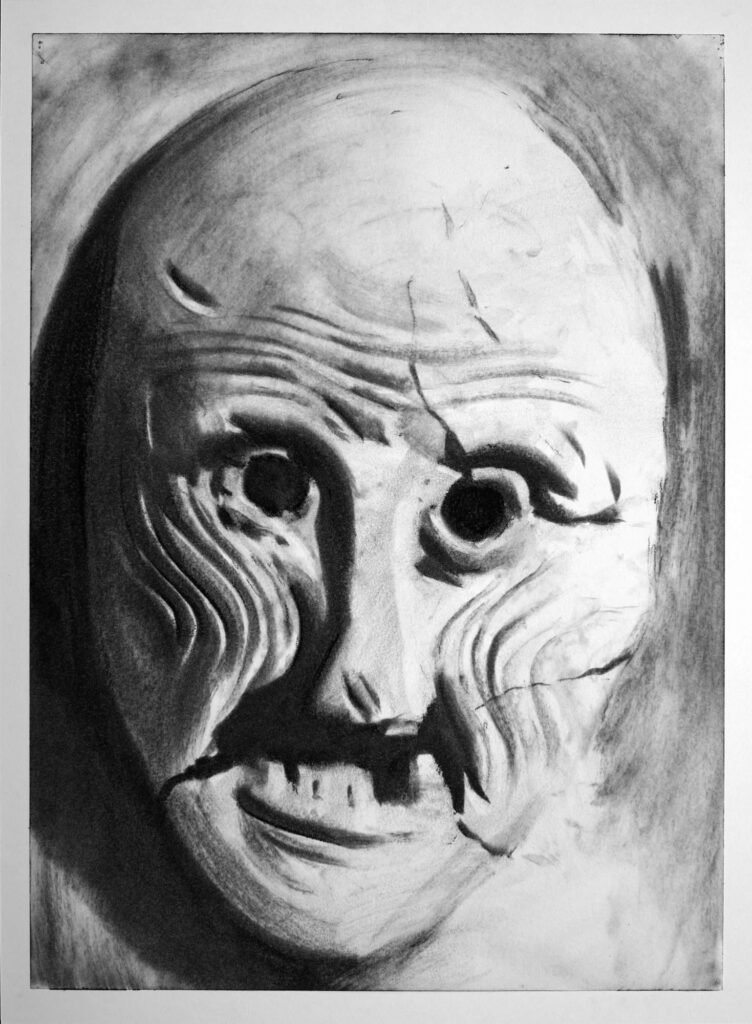
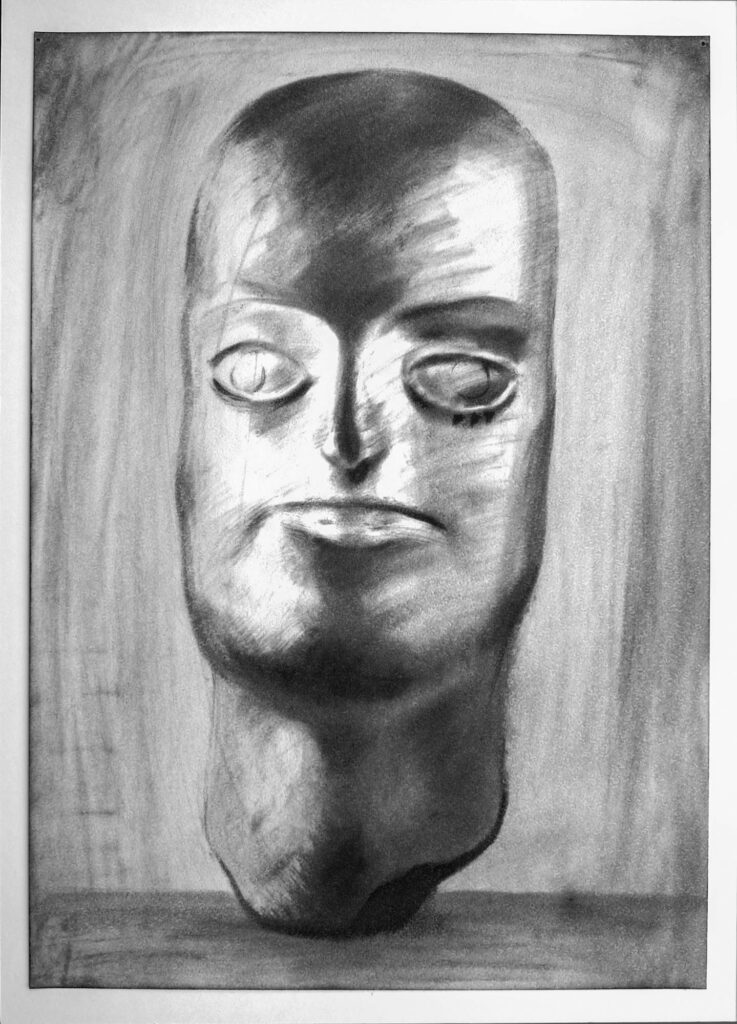
In the prices is the Belgian VAT of 21% included
Flags, 2016 & 2017
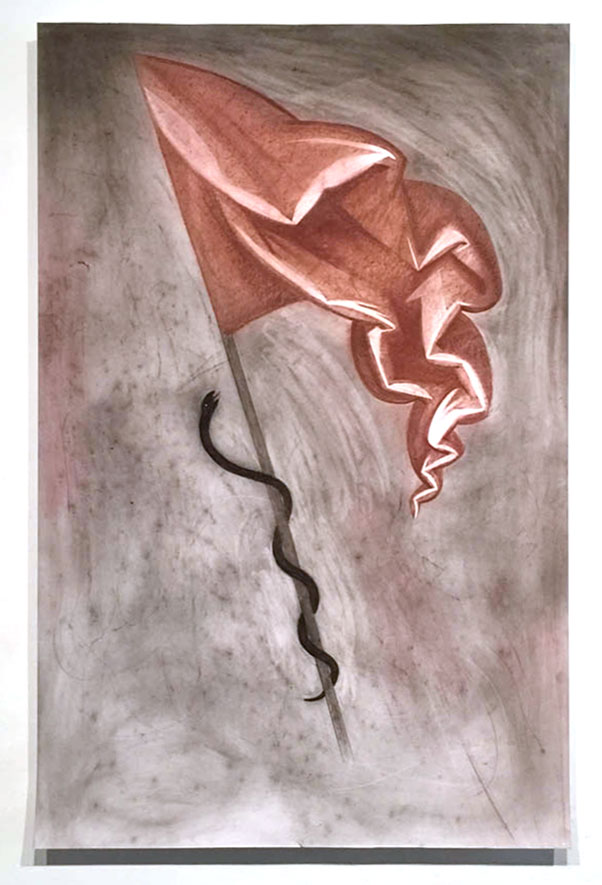
‘Dark Air’ & ‘Devils’, 2016
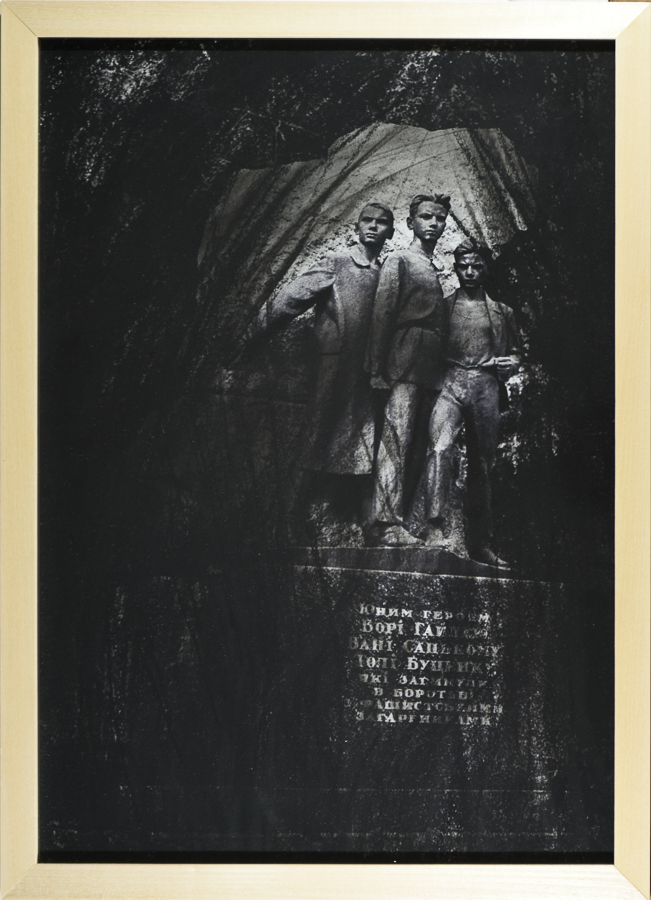
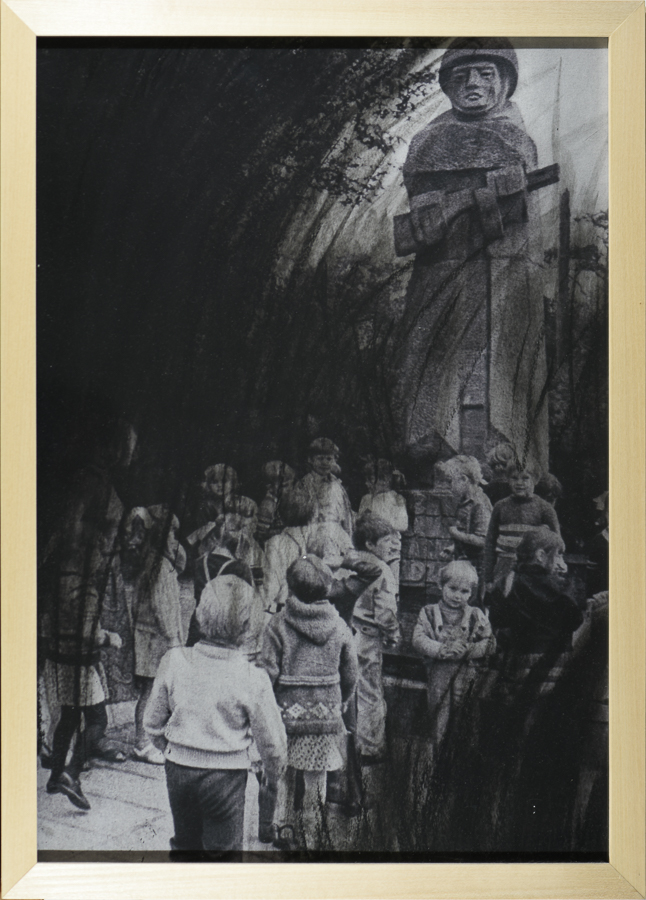
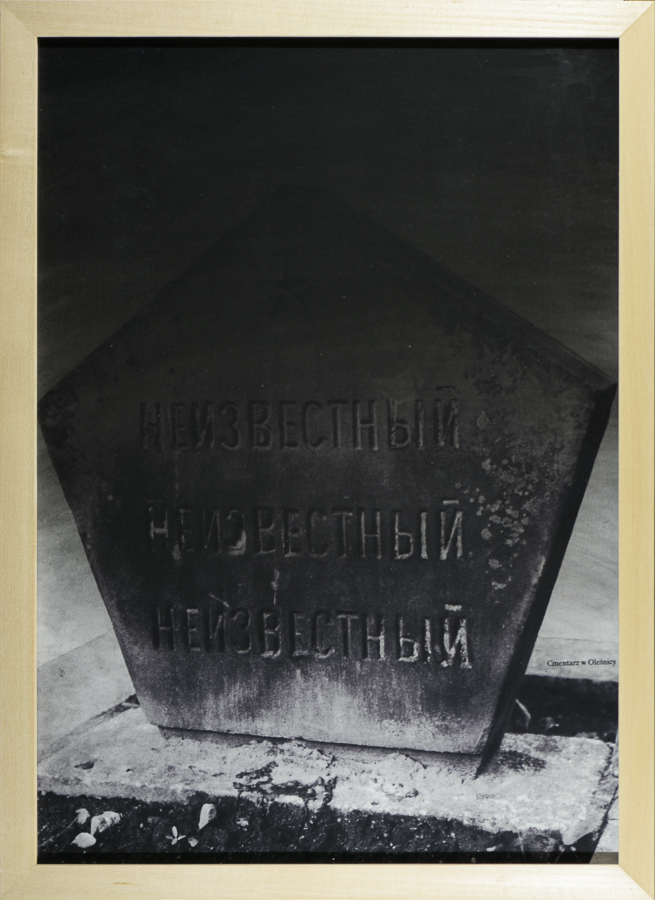
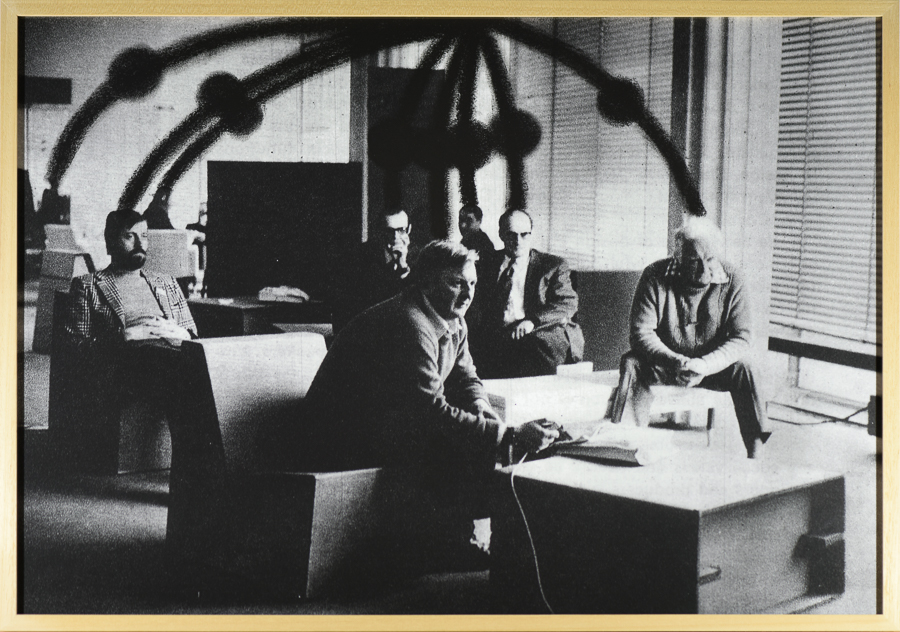
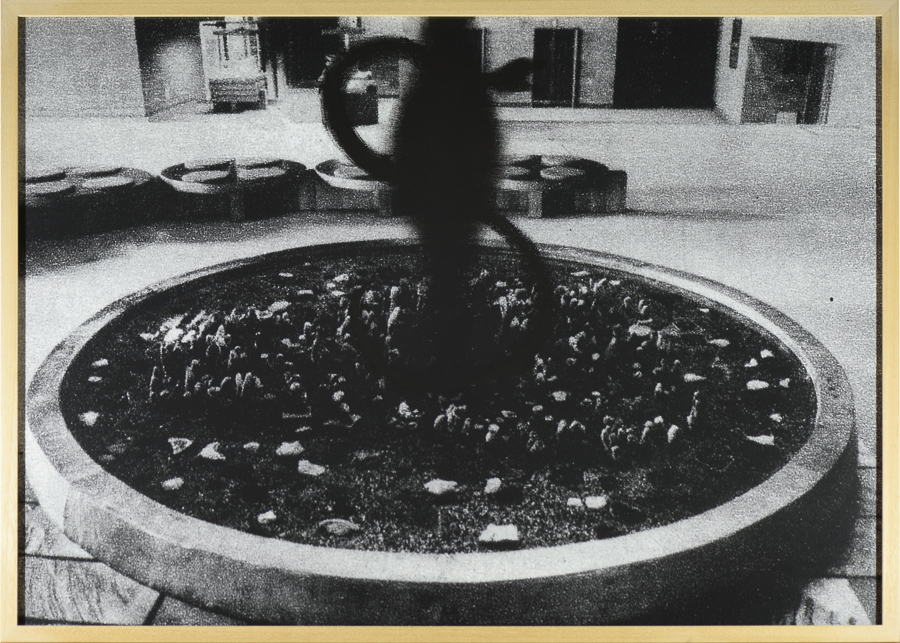
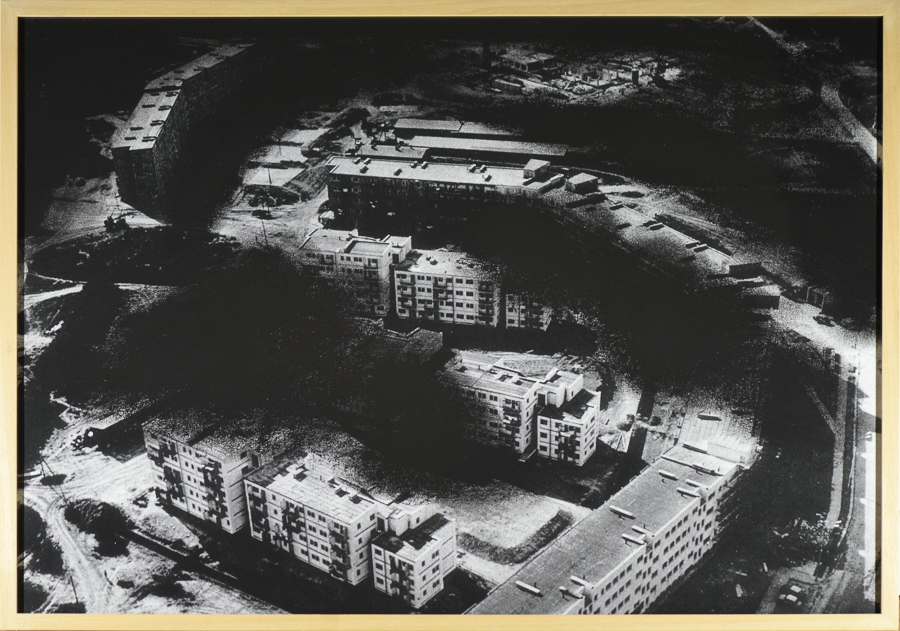
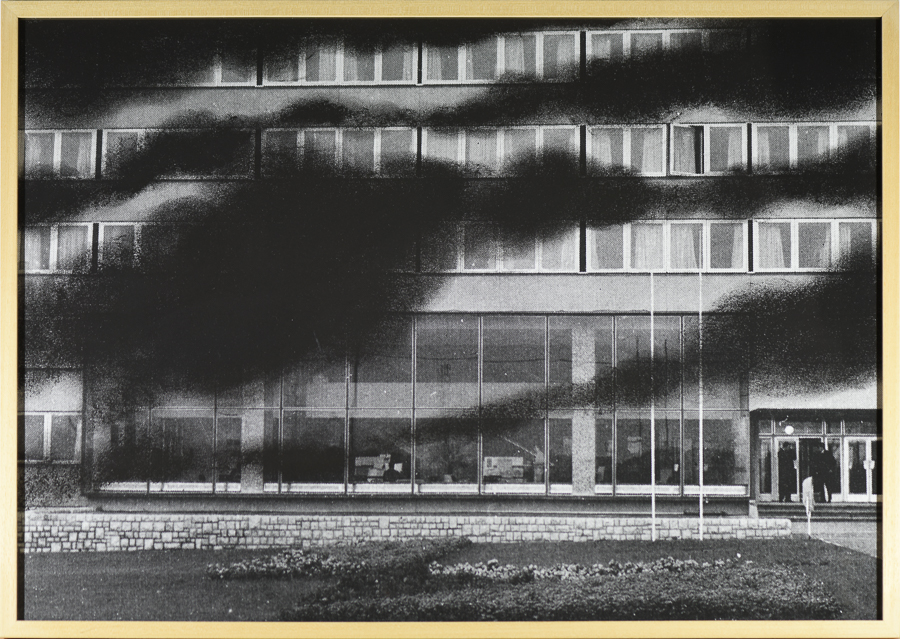
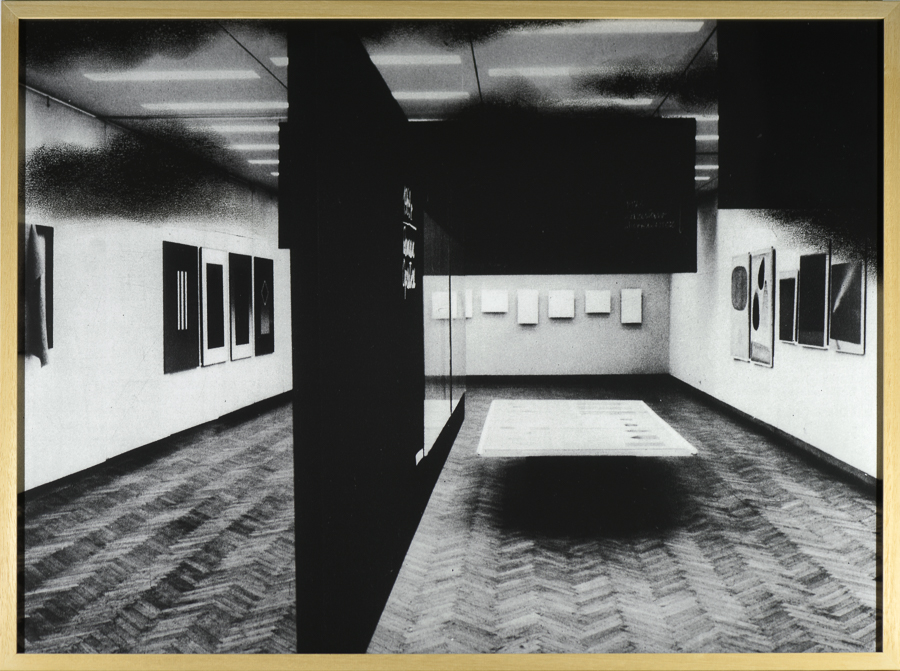
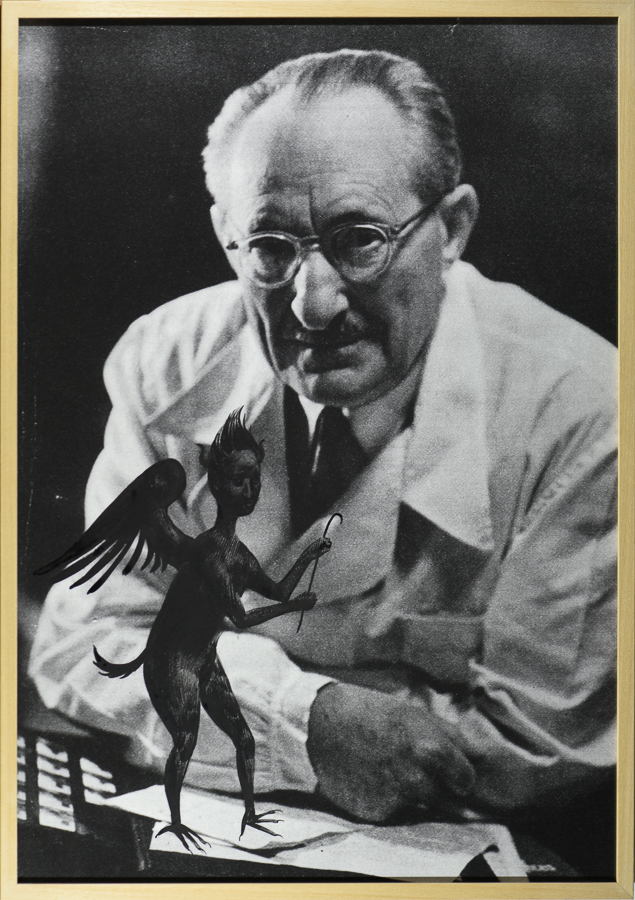
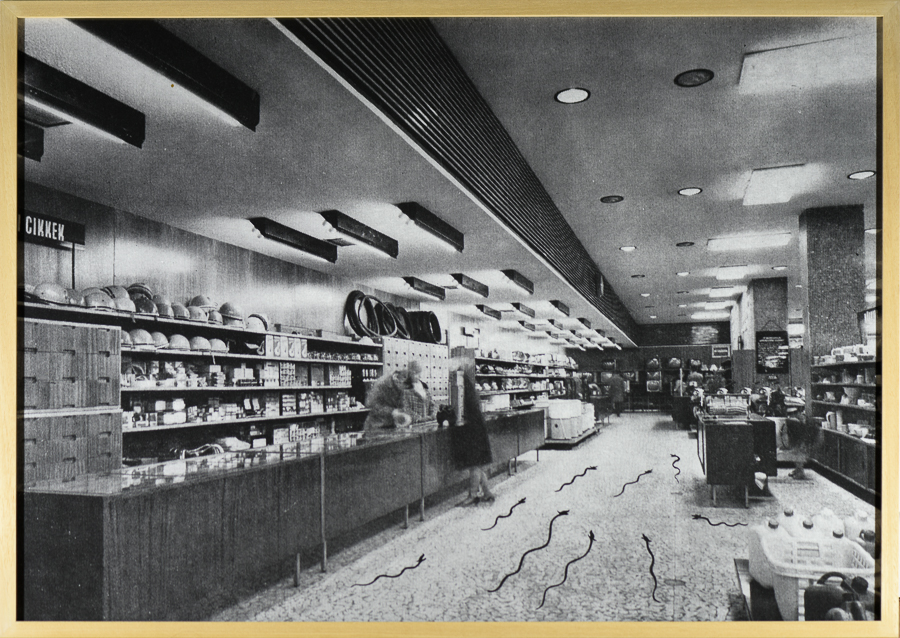
In the prices is the Belgian VAT of 21% included
Everybody Wants to Live by the Sea, 2014 & 2016
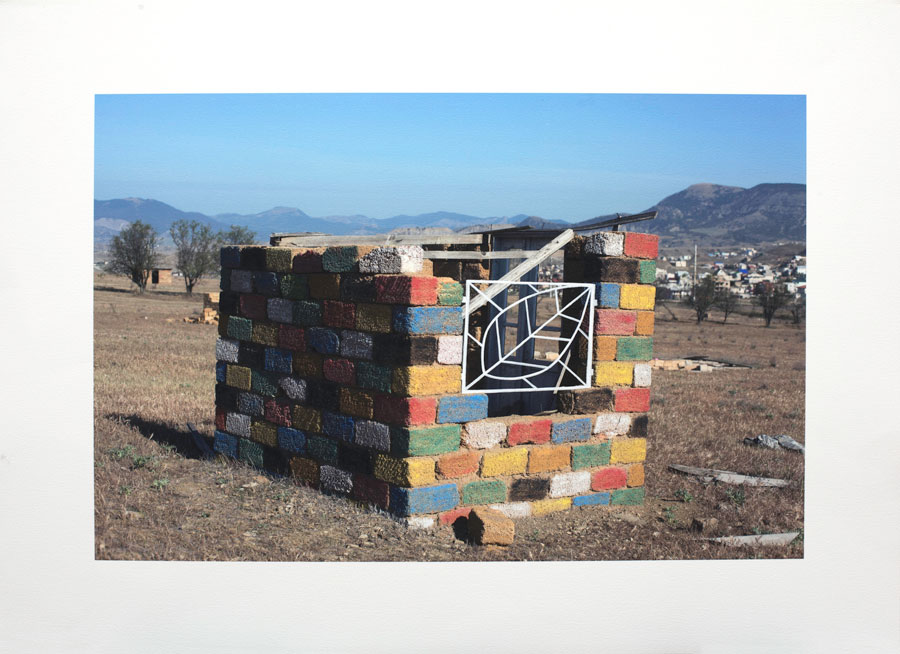
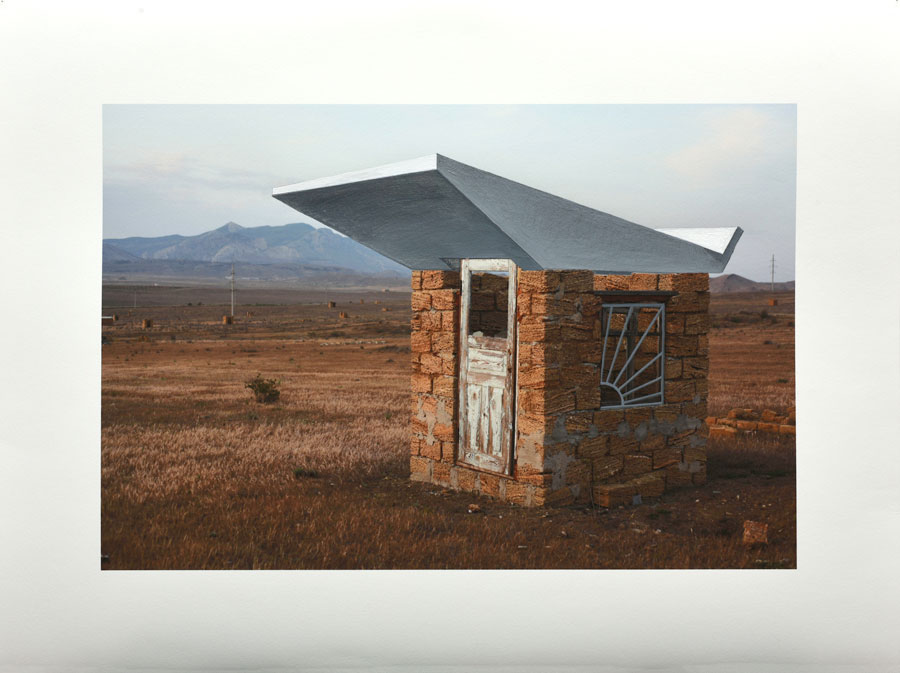
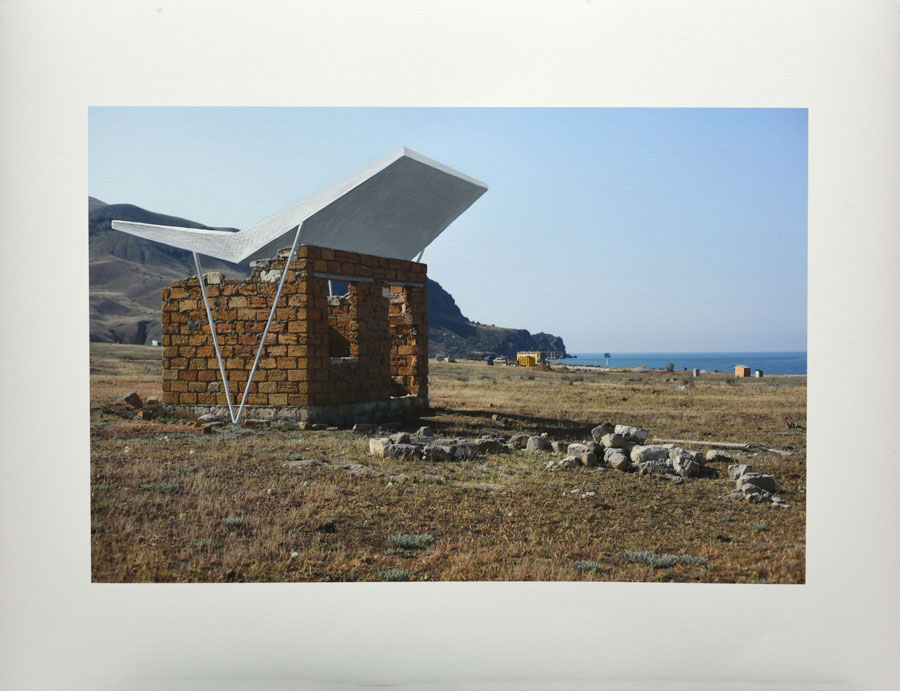
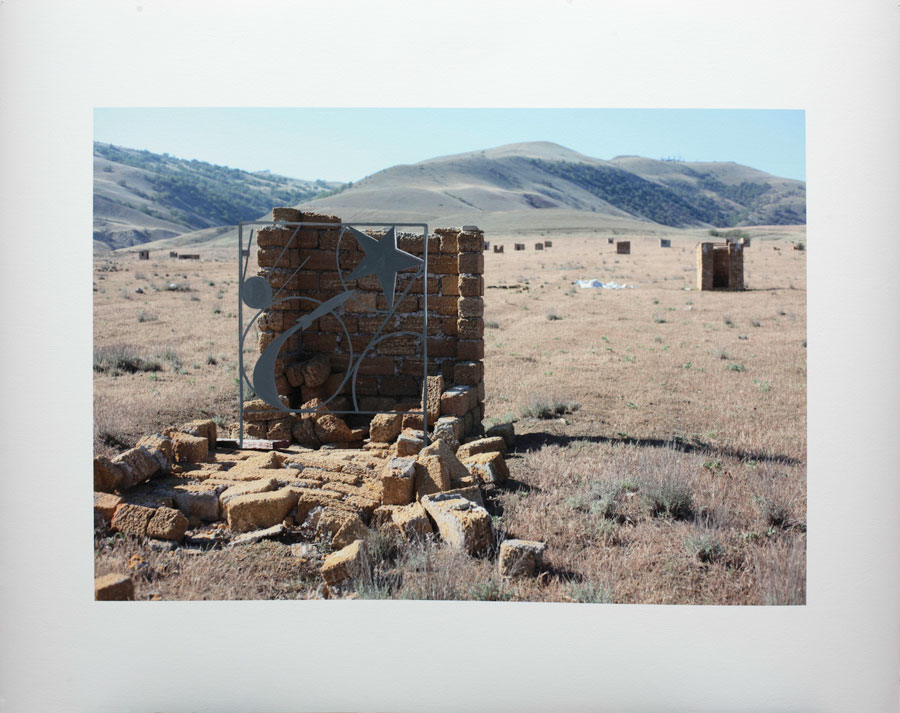
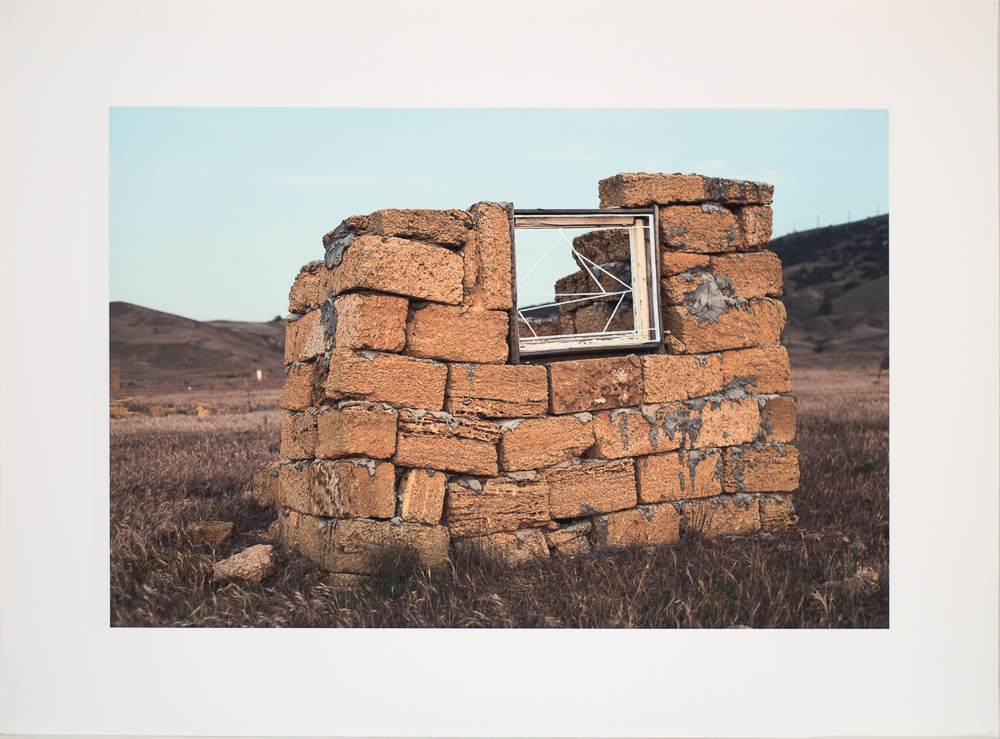
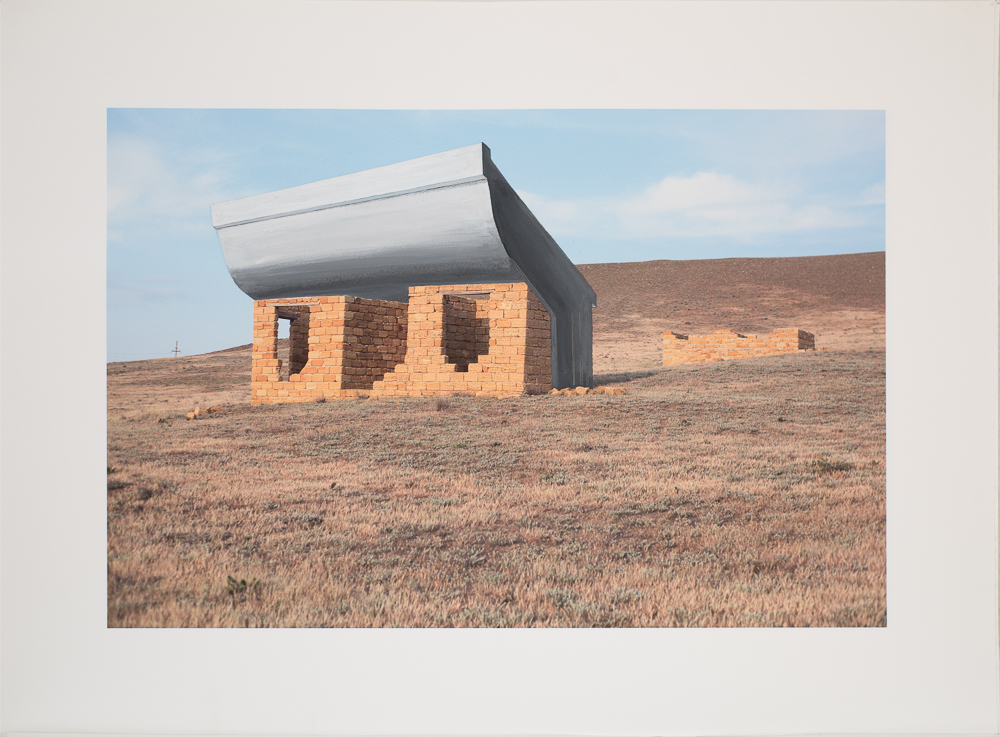
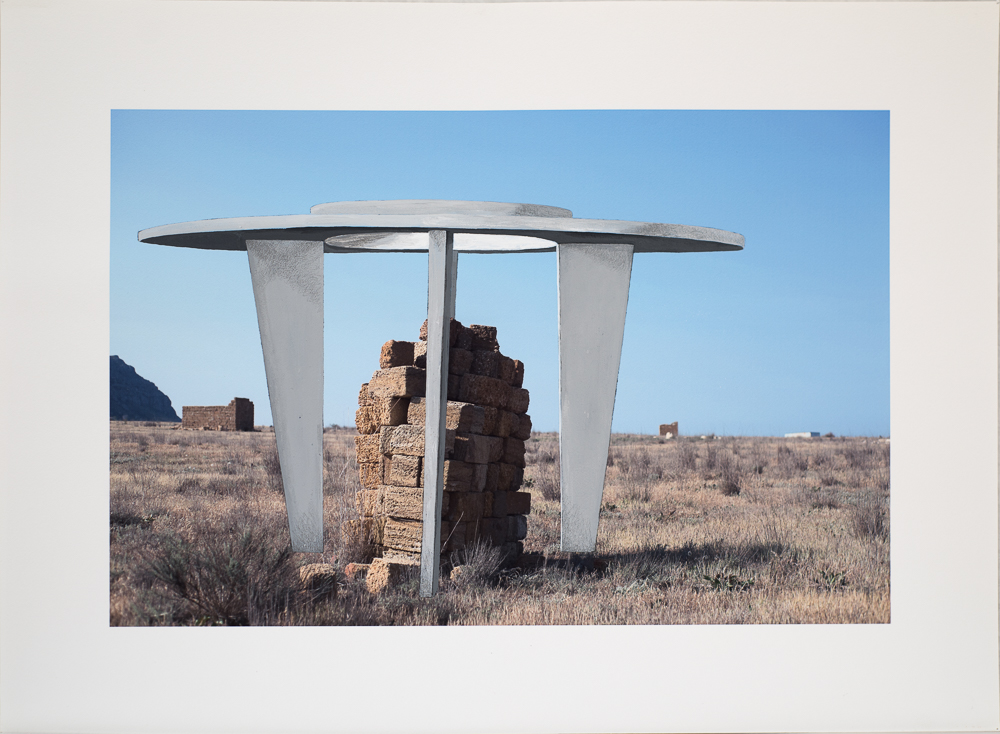
Observations on Archives, 2015
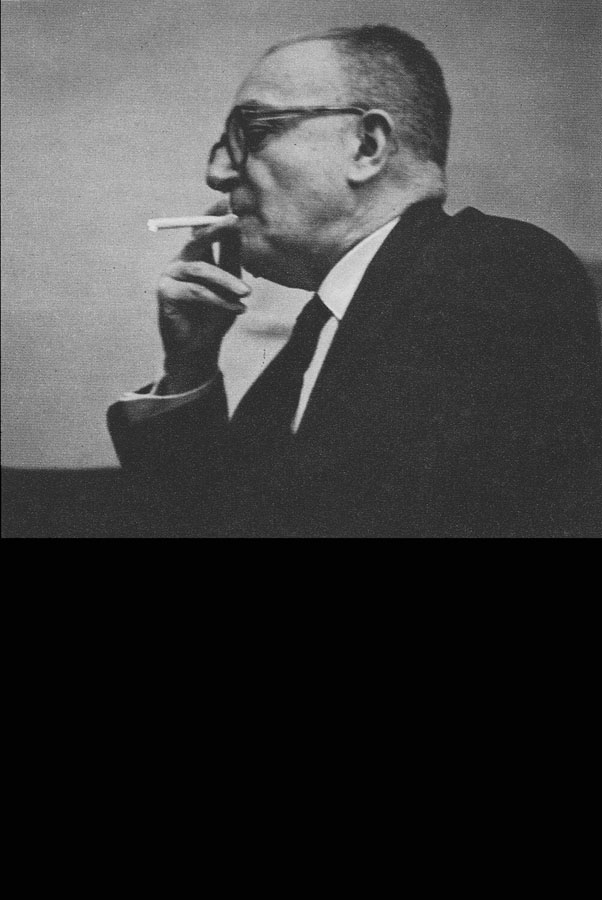
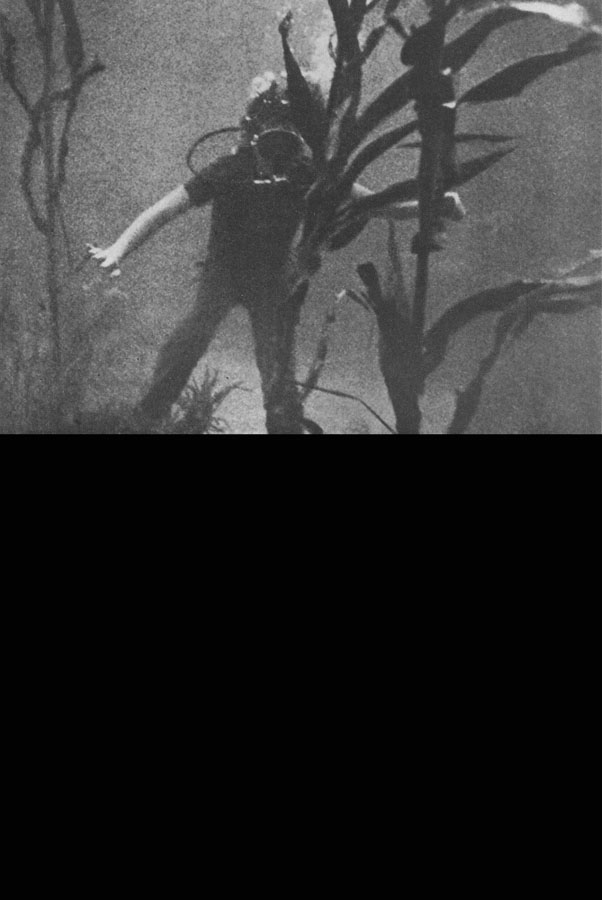
Delineation of the borders, 2015
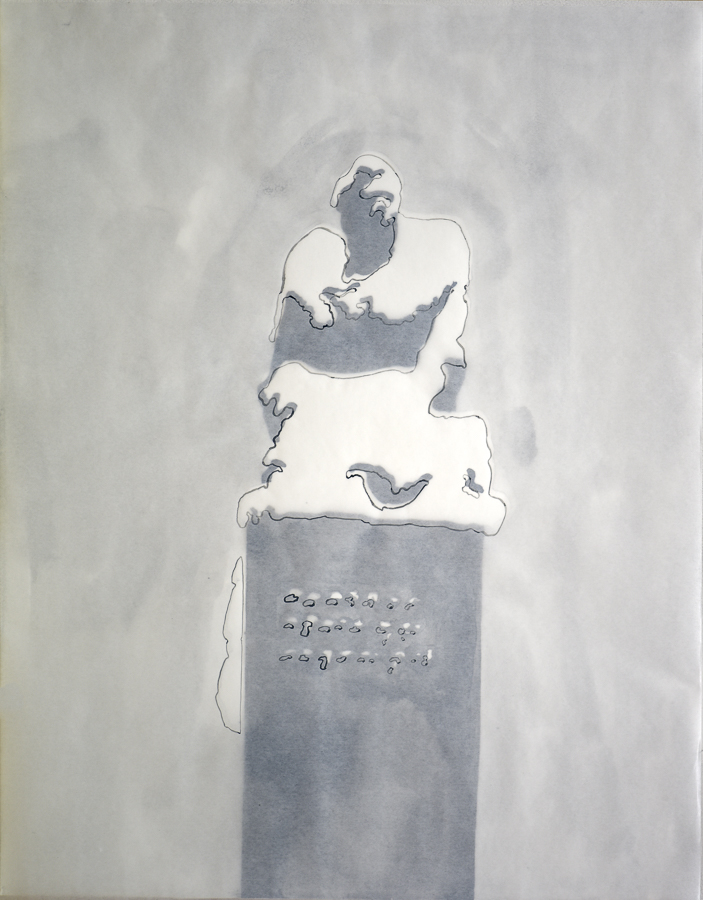
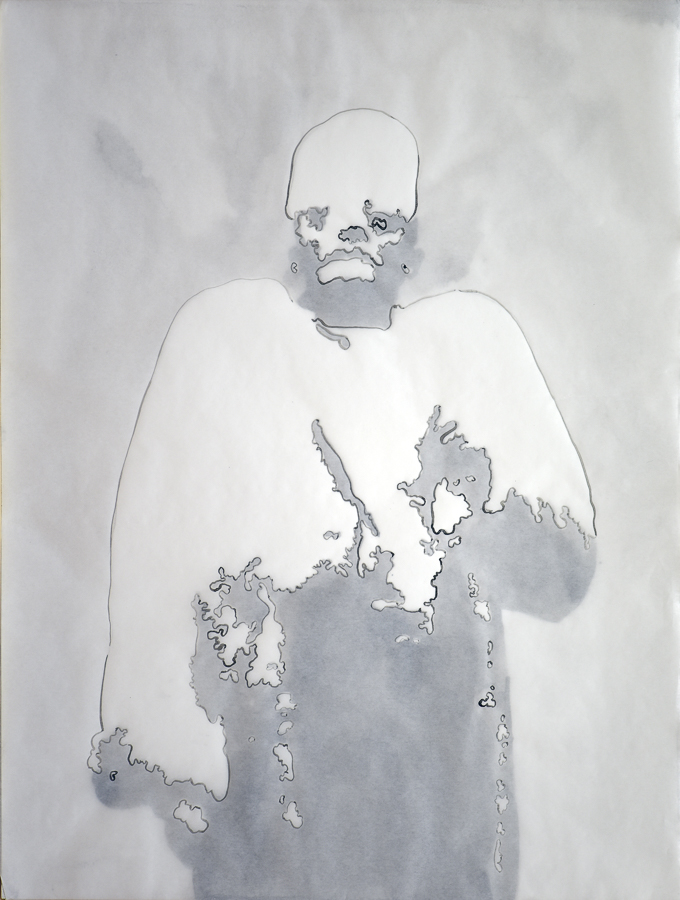
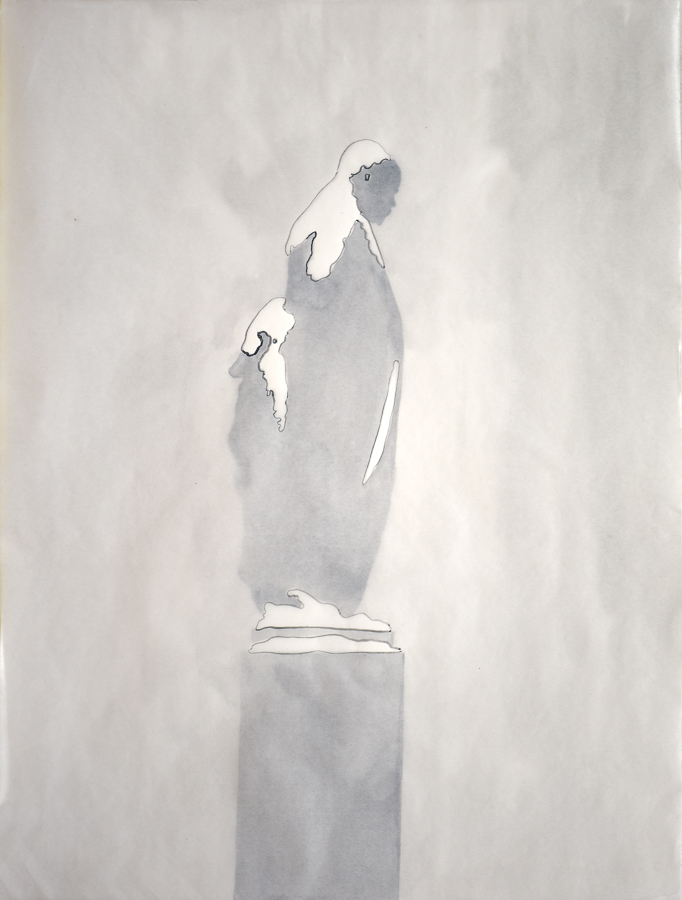
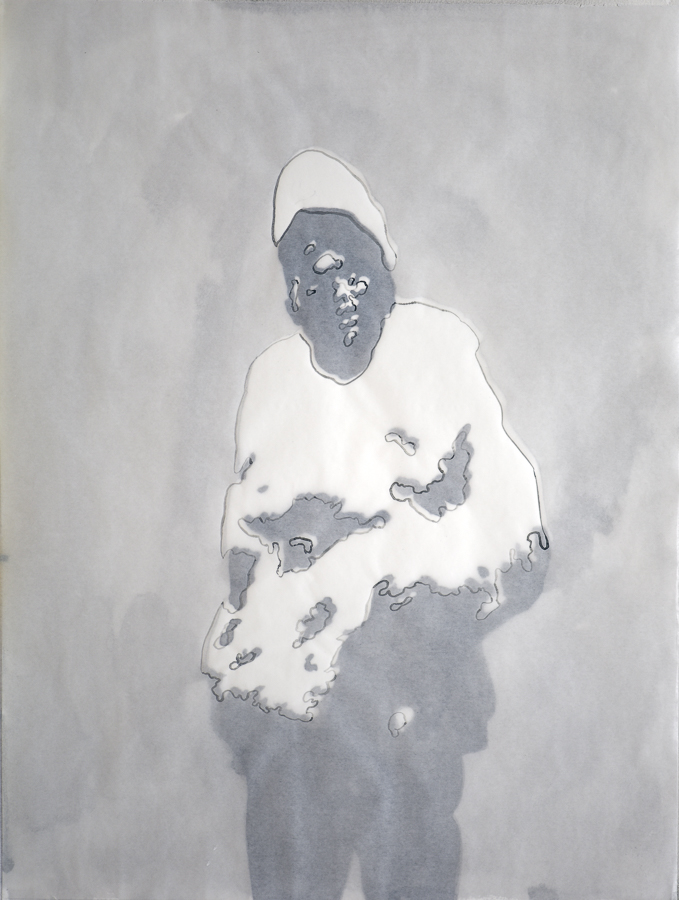
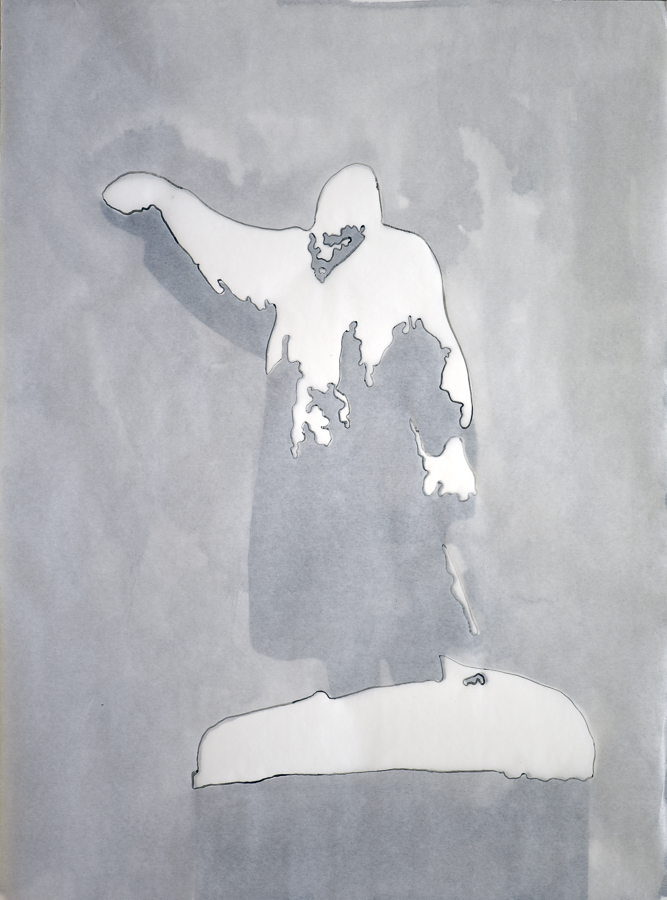
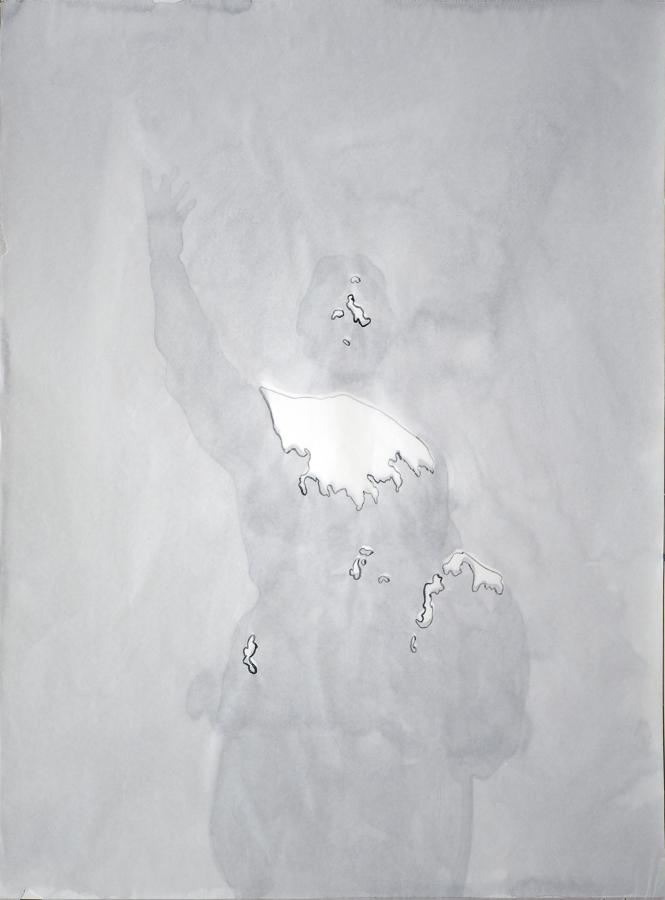
Neon Sun Grid, as exhibited in Nikita Kadan’s solo show Engineering Hope
in Art Brussels 2014, booth galerie Transit
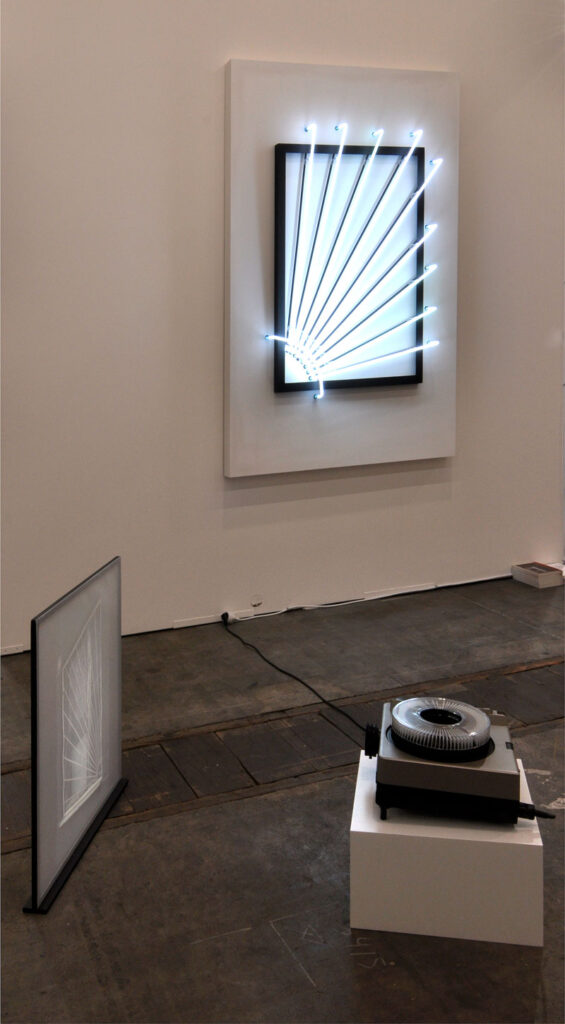
as exhibited in Nikita Kadan’s solo show Engineering Hope in Art Brussels 2014, booth Transit gallery
Procedure Room, 2009







